CSS Cheat Sheet: Everything You Need to Know in One Place
Basic Selectors: * /* Universal selector */ element /* Selects all elements of a type */ .class /* Selects elements by class */ #id /* Selects elements by ID */ element, element /* Grouping selectors */ Box Model: element { margin: 10px; /* Space outside the element */ padding: 10px; /* Space inside the element */ border: 1px solid #000; /* Border around the element */ width: 100px; /* Element width */ height: 100px; /* Element height */ box-sizing: border-box; /* Includes padding/border in width and height */ } Text Styling: element { font-family: Arial, sans-serif; /* Font family */ font-size: 16px; /* Font size */ font-weight: bold; /* Font weight (bold, normal) */ font-style: italic; /* Italic text */ text-align: center; /* Aligns text (left, right, center) */ color: #333; /* Text color */ line-height: 1.5; /* Line spacing */ text-transform: uppercase; /* Text case (uppercase, lowercase) */ text-decoration: underline; /* Underline text */ } Backgrounds: element { background-color: #f0f0f0; /* Background color */ background-image: url('image.jpg'); /* Background image */ background-size: cover; /* Adjust background image size */ background-position: center; /* Position the background image */ background-repeat: no-repeat; /* Prevent image from repeating */ } Flexbox: .container { display: flex; /* Set flex container */ justify-content: center; /* Horizontal alignment (start, center, space-between) */ align-items: center; /* Vertical alignment (stretch, center, flex-start) */ flex-direction: row; /* Direction (row, column) */ flex-wrap: wrap; /* Wrap items to next line */ } .item { flex: 1; /* Flex-grow (flex-shrink, flex-basis) */ align-self: flex-start; /* Align single item (flex-start, center) */ } Grid Layout: .container { display: grid; /* Set grid container */ grid-template-columns: repeat(3, 1fr); /* 3 equal columns */ grid-template-rows: auto; /* Set row heights */ gap: 10px; /* Space between grid items */ grid-column: 1 / 3; /* Span item across columns */ grid-row: 1 / 2; /* Span item across rows */ } .item { grid-area: header; /* Name grid areas */ } Positioning: element { position: relative; /* (relative, absolute, fixed, sticky) */ top: 10px; /* Offset from top */ left: 20px; /* Offset from left */ z-index: 10; /* Layering of elements */ } Transitions & Animations: element { transition: all 0.3s ease-in-out; /* Transition effects */ } @keyframes example { from { opacity: 0; } to { opacity: 1; } } element { animation: example 2s infinite; /* Apply animation */ } Media Queries (Responsive Design): @media (max-width: 768px) { element { font-size: 14px; } } Miscellaneous: element { opacity: 0.5; /* Set transparency */ visibility: hidden; /* Hide element but keep space */ display: none; /* Completely hide element */ overflow: hidden; /* Handle overflow content */ cursor: pointer; /* Mouse cursor styles */ border-radius: 10px; /* Rounded corners */ box-shadow: 0 4px 8px rgba(0, 0, 0, 0.2); /* Element shadow */ } Advanced Selectors: element:first-child /* Selects the first child */ element:last-child /* Selects the last child */ element:nth-child(2) /* Selects the 2nd child */ element:hover /* Selects on hover */ element::before /* Insert content before element */ element::after /* Insert content after element */ element[attribute="value"] /* Attribute selector */ element:not(selector) /* Excludes elements matching selector */ Pseudo-elements: element::before { content: ''; /* Inserts content before an element */ display: block; /* Ensures it behaves like a block */ } element::after { content: ''; /* Inserts content after an element */ display: block; /* Ensures it behaves like a block */ } Transformations: element { transform: rotate(45deg); /* Rotates the element */ transform: scale(1.5); /* Scales the element */ transform: translateX(50px); /* Moves el
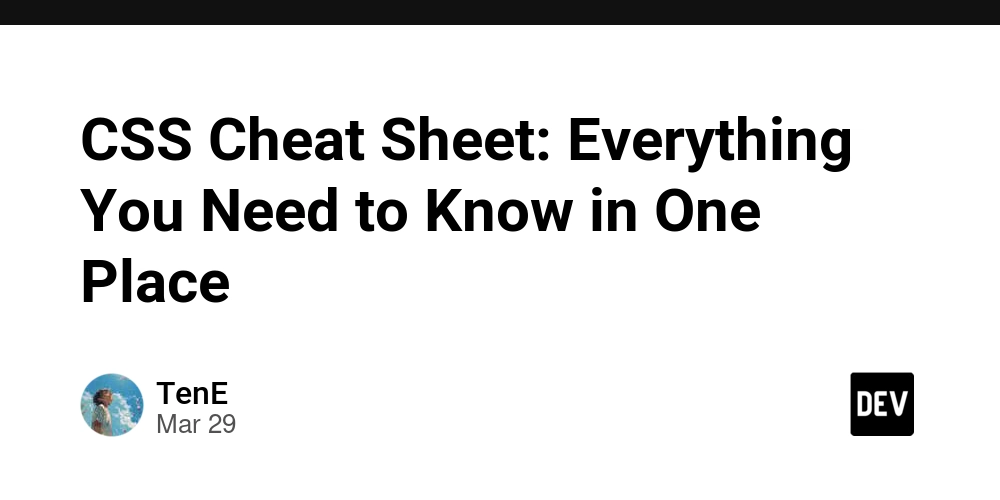
Basic Selectors:
* /* Universal selector */
element /* Selects all elements of a type */
.class /* Selects elements by class */
#id /* Selects elements by ID */
element, element /* Grouping selectors */
Box Model:
element {
margin: 10px; /* Space outside the element */
padding: 10px; /* Space inside the element */
border: 1px solid #000; /* Border around the element */
width: 100px; /* Element width */
height: 100px; /* Element height */
box-sizing: border-box; /* Includes padding/border in width and height */
}
Text Styling:
element {
font-family: Arial, sans-serif; /* Font family */
font-size: 16px; /* Font size */
font-weight: bold; /* Font weight (bold, normal) */
font-style: italic; /* Italic text */
text-align: center; /* Aligns text (left, right, center) */
color: #333; /* Text color */
line-height: 1.5; /* Line spacing */
text-transform: uppercase; /* Text case (uppercase, lowercase) */
text-decoration: underline; /* Underline text */
}
Backgrounds:
element {
background-color: #f0f0f0; /* Background color */
background-image: url('image.jpg'); /* Background image */
background-size: cover; /* Adjust background image size */
background-position: center; /* Position the background image */
background-repeat: no-repeat; /* Prevent image from repeating */
}
Flexbox:
.container {
display: flex; /* Set flex container */
justify-content: center; /* Horizontal alignment (start, center, space-between) */
align-items: center; /* Vertical alignment (stretch, center, flex-start) */
flex-direction: row; /* Direction (row, column) */
flex-wrap: wrap; /* Wrap items to next line */
}
.item {
flex: 1; /* Flex-grow (flex-shrink, flex-basis) */
align-self: flex-start; /* Align single item (flex-start, center) */
}
Grid Layout:
.container {
display: grid; /* Set grid container */
grid-template-columns: repeat(3, 1fr); /* 3 equal columns */
grid-template-rows: auto; /* Set row heights */
gap: 10px; /* Space between grid items */
grid-column: 1 / 3; /* Span item across columns */
grid-row: 1 / 2; /* Span item across rows */
}
.item {
grid-area: header; /* Name grid areas */
}
Positioning:
element {
position: relative; /* (relative, absolute, fixed, sticky) */
top: 10px; /* Offset from top */
left: 20px; /* Offset from left */
z-index: 10; /* Layering of elements */
}
Transitions & Animations:
element {
transition: all 0.3s ease-in-out; /* Transition effects */
}
@keyframes example {
from { opacity: 0; }
to { opacity: 1; }
}
element {
animation: example 2s infinite; /* Apply animation */
}
Media Queries (Responsive Design):
@media (max-width: 768px) {
element {
font-size: 14px;
}
}
Miscellaneous:
element {
opacity: 0.5; /* Set transparency */
visibility: hidden; /* Hide element but keep space */
display: none; /* Completely hide element */
overflow: hidden; /* Handle overflow content */
cursor: pointer; /* Mouse cursor styles */
border-radius: 10px; /* Rounded corners */
box-shadow: 0 4px 8px rgba(0, 0, 0, 0.2); /* Element shadow */
}
Advanced Selectors:
element:first-child /* Selects the first child */
element:last-child /* Selects the last child */
element:nth-child(2) /* Selects the 2nd child */
element:hover /* Selects on hover */
element::before /* Insert content before element */
element::after /* Insert content after element */
element[attribute="value"] /* Attribute selector */
element:not(selector) /* Excludes elements matching selector */
Pseudo-elements:
element::before {
content: ''; /* Inserts content before an element */
display: block; /* Ensures it behaves like a block */
}
element::after {
content: ''; /* Inserts content after an element */
display: block; /* Ensures it behaves like a block */
}
Transformations:
element {
transform: rotate(45deg); /* Rotates the element */
transform: scale(1.5); /* Scales the element */
transform: translateX(50px); /* Moves element horizontally */
transform: skew(20deg); /* Skews the element */
}
CSS Variables (Custom Properties):
:root {
--primary-color: #3498db; /* Define a custom variable */
--font-size: 16px;
}
element {
color: var(--primary-color); /* Use the custom variable */
font-size: var(--font-size);
}
Clipping & Masking:
element {
clip-path: circle(50%); /* Creates a circular clipping area */
clip-path: polygon(50% 0%, 0% 100%, 100% 100%); /* Creates a polygonal clipping area */
}
element {
mask-image: url('mask.png'); /* Masking with an image */
}
CSS Grid Advanced Layout:
.container {
display: grid;
grid-template-areas:
"header header header"
"sidebar main main"
"footer footer footer"; /* Define named grid areas */
grid-template-columns: 1fr 2fr; /* Two columns, 1:2 ratio */
}
.header {
grid-area: header; /* Assign grid area to element */
}
.sidebar {
grid-area: sidebar;
}
.main {
grid-area: main;
}
.footer {
grid-area: footer;
}
CSS Functions:
element {
background: linear-gradient(to right, #3498db, #9b59b6); /* Gradient background */
background: radial-gradient(circle, #ff7675, #d63031); /* Radial gradient */
}
element {
filter: blur(5px); /* Apply a blur effect */
filter: brightness(1.2); /* Increase brightness */
filter: grayscale(50%); /* Apply grayscale effect */
}
CSS Flexbox Advanced Concepts:
.container {
display: flex;
justify-content: space-between; /* Space between items */
align-items: flex-start; /* Align items to start */
flex-direction: column-reverse; /* Reverse column direction */
flex-grow: 1; /* Element grows to fill space */
}
CSS Responsive Design (Viewport Units):
element {
width: 100vw; /* Full viewport width */
height: 100vh; /* Full viewport height */
font-size: 2vw; /* Font size based on viewport width */
}
@media (orientation: landscape) { /* Apply rules for landscape mode */
element {
background-color: #333;
}
}
CSS Scroll Snap (for Carousels):
.container {
scroll-snap-type: x mandatory; /* Snaps items horizontally */
overflow-x: scroll; /* Enable horizontal scrolling */
}
.item {
scroll-snap-align: start; /* Snap items to start of container */
}
CSS Transitions (with Timing Functions):
element {
transition: background-color 0.5s ease-in-out; /* Smooth transitions */
}
element:hover {
background-color: #f39c12; /* Transition effect on hover */
}
CSS Animations (Keyframes):
@keyframes fadeIn {
0% { opacity: 0; }
100% { opacity: 1; }
}
element {
animation: fadeIn 2s ease-in-out infinite; /* Repeated animation */
}
Z-index and Stacking Context:
element {
position: relative; /* Positioning must be set */
z-index: 10; /* Higher z-index means in front */
}
Media Queries for Specific Devices:
@media (min-width: 768px) {
element {
display: block; /* Layout for tablets and up */
}
}
@media (min-width: 1024px) {
element {
display: flex; /* Layout for larger screens */
}
}
CSS Grid and Flexbox Combined:
.container {
display: grid; /* Main container is a grid */
grid-template-columns: 1fr 1fr;
}
.item {
display: flex; /* Each item uses flexbox */
justify-content: center; /* Align contents within items */
align-items: center;
}
CSS Grid: Implicit and Explicit Grids:
.container {
display: grid;
grid-template-columns: repeat(3, 1fr); /* Explicitly define 3 columns */
grid-auto-rows: minmax(100px, auto); /* Implicit rows generated as needed */
}
CSS Custom Media Queries:
Custom media queries allow you to simplify your CSS when you need to use similar breakpoints across different rules.
@custom-media --small-viewport (max-width: 600px);
@media (--small-viewport) {
element {
font-size: 14px;
}
}
Object Fit and Object Position (Images, Videos):
Control how media like images and videos are displayed within their containers.
img {
object-fit: cover; /* Crop to fit container while preserving aspect ratio */
object-position: center; /* Center the image within its container */
}
Scroll Behavior (Smooth Scrolling):
html {
scroll-behavior: smooth; /* Enables smooth scrolling for anchor links */
}
Blend Modes (Colors and Images):
element {
background-blend-mode: multiply; /* Blend background color/image with a multiplier effect */
mix-blend-mode: screen; /* Blend the element with the background */
}
CSS Shape Outlines for Text Flow:
element {
shape-outside: circle(50%); /* Flow text around a circular shape */
float: left; /* Allows text to wrap around */
width: 200px;
height: 200px;
}
CSS Counters:
Useful for creating numbered lists or automatic numbering in sections.
body {
counter-reset: section; /* Reset counter at the start */
}
h2::before {
counter-increment: section; /* Increment section number */
content: "Section " counter(section) ": "; /* Insert counter value */
}
CSS Clip (Polygon Clipping):
element {
clip-path: polygon(50% 0%, 0% 100%, 100% 100%); /* Create custom shapes with clipping */
}
Viewport Height/Width Units (Dynamic Resizing):
element {
height: 100vh; /* Element is 100% of the viewport height */
width: 100vw; /* Element is 100% of the viewport width */
}
Isolation for Layers:
This property is useful when you want to create isolated stacking contexts to avoid z-index conflicts.
element {
isolation: isolate; /* Isolates the element’s z-index from its siblings */
}
CSS Filters (Visual Effects):
element {
filter: grayscale(100%); /* Makes the element grayscale */
filter: blur(5px); /* Blurs the element */
filter: contrast(200%); /* Adjusts contrast */
}
Aspect Ratio Control:
element {
aspect-ratio: 16 / 9; /* Ensure the element maintains a 16:9 aspect ratio */
}
CSS Variables with JavaScript:
You can dynamically update CSS variables using JavaScript for more interactive effects.
:root {
--main-color: #3498db;
}
element {
background-color: var(--main-color);
}
/* In JavaScript */
document.documentElement.style.setProperty('--main-color', '#e74c3c');
CSS Grid: Auto-fill and Auto-fit:
.container {
display: grid;
grid-template-columns: repeat(auto-fill, minmax(200px, 1fr)); /* Fill the space with items */
}
Responsive Typography with clamp():
element {
font-size: clamp(1rem, 2vw + 1rem, 2.5rem); /* Dynamically adjusts font size based on viewport width */
}
CSS Logical Properties (for Layout Direction Independence):
Logical properties like margin-inline-start are useful when dealing with internationalization (LTR vs RTL layouts).
element {
margin-inline-start: 20px; /* Replaces 'margin-left' but adjusts for RTL layouts */
padding-block-end: 10px; /* Replaces 'padding-bottom' */
}
CSS Grid Masonry Layout:
Although there’s no direct CSS masonry, grid items can create similar layouts by spanning rows and columns.
.grid-item {
grid-row: span 2; /* Make grid item span multiple rows */
grid-column: span 1;
}
Backface Visibility (for 3D Rotations):
element {
backface-visibility: hidden; /* Hide element when it's rotated away from the viewer */
transform: rotateY(180deg); /* Rotate the element */
}
CSS Snap Points for Scrollable Carousels:
.container {
scroll-snap-type: x mandatory; /* Enables scroll snapping */
scroll-padding: 10px; /* Adds padding to snapping */
}
CSS Parent Selectors (upcoming feature in :has()):
This is a future feature but worth noting for its power.
element:has(> img) {
border: 2px solid red; /* Styles parent if it contains an image */
}
CSS Variables (Dynamic Theming):
CSS variables allow for easy theme switching. You can define light and dark themes and switch between them using JavaScript or media queries.
:root {
--bg-color: #ffffff;
--text-color: #000000;
}
[data-theme="dark"] {
--bg-color: #333333;
--text-color: #ffffff;
}
body {
background-color: var(--bg-color);
color: var(--text-color);
}
Dark Mode with Media Queries:
You can automatically apply a dark theme based on the user's system preferences.
@media (prefers-color-scheme: dark) {
body {
background-color: #333;
color: #fff;
}
}
Custom Scrollbars:
You can style scrollbars to match your website's design.
/* WebKit browsers */
::-webkit-scrollbar {
width: 12px; /* Width of the scrollbar */
}
::-webkit-scrollbar-track {
background-color: #f1f1f1; /* Track background */
}
::-webkit-scrollbar-thumb {
background-color: #888; /* Handle color */
border-radius: 6px; /* Handle rounded corners */
}
::-webkit-scrollbar-thumb:hover {
background-color: #555; /* Handle hover state */
}
CSS Grid Fractional Units (fr):
Fractions (fr) make grid layouts flexible and adaptive.
.container {
display: grid;
grid-template-columns: 1fr 2fr; /* First column takes 1 part, second takes 2 parts */
}
Scroll-Snapping for Smooth Scrolling:
Scroll-snapping can be useful for image carousels, sliders, or specific layouts.
.container {
scroll-snap-type: y mandatory; /* Snap items vertically */
overflow-y: scroll; /* Enable scrolling */
}
.item {
scroll-snap-align: start; /* Snap each item to the top */
}
Object-fit and Aspect-ratio (Image/Media Control):
Control the behavior of images and videos within their containers.
img {
object-fit: cover; /* Ensures the image covers the container */
object-position: center; /* Center the image */
}
CSS Cascade Layers:
Cascade layers let you manage specificity and layer importance.
@layer base {
h1 {
color: blue; /* Base layer */
}
}
@layer theme {
h1 {
color: red; /* Theme layer overrides base */
}
}
Media Queries for Print Styles:
When creating print styles, you can optimize your website for paper output.
@media print {
body {
color: black;
background: white;
}
.no-print {
display: none; /* Hide elements when printing */
}
}
Content Visibility (for Performance):
content-visibility can boost performance by skipping rendering of off-screen elements.
element {
content-visibility: auto; /* Renders only when element is visible */
}
CSS @supports (Feature Queries):
Check if the browser supports a specific CSS feature and apply styles accordingly.
@supports (display: grid) {
.container {
display: grid; /* Use grid layout if supported */
}
}
@supports not (display: grid) {
.container {
display: block; /* Fallback for older browsers */
}
}
Layered Box Shadows (for Depth):
Layered shadows can add depth and realism.
element {
box-shadow: 0 4px 6px rgba(0, 0, 0, 0.1), 0 1px 3px rgba(0, 0, 0, 0.08);
}
CSS Perspective for 3D Effects:
You can apply 3D perspective to elements for cool visual effects.
.container {
perspective: 1000px; /* Controls the level of 3D perspective */
}
.element {
transform: rotateY(45deg); /* Rotate element in 3D */
}
CSS Conic Gradients (Pie Chart-like Effects):
Conic gradients create circular gradient effects.
element {
background: conic-gradient(red, yellow, green);
}
CSS Multicolumn Layout:
Split text into multiple columns, useful for text-heavy content like articles.
.element {
column-count: 3; /* Split content into 3 columns */
column-gap: 20px; /* Gap between columns */
}
CSS clamp() for Dynamic Sizing:
Use clamp() to define a value that adapts between a minimum and maximum, based on available space.
.element {
font-size: clamp(1rem, 2vw + 1rem, 2.5rem); /* Flexible font-size */
}
CSS Grid Template Rows/Columns with Auto:
Grid layouts can automatically adjust row/column sizes based on content.
.container {
display: grid;
grid-template-columns: auto 1fr 1fr; /* First column adjusts to content */
}
CSS Overscroll Behavior:
Control how your content behaves when scrolled to the boundaries.
.element {
overscroll-behavior: contain; /* Prevents scrolling past the boundaries */
}
CSS Aspect-ratio for Responsive Elements:
The aspect-ratio property allows elements like images, videos, or divs to maintain a specific ratio.
element {
aspect-ratio: 16 / 9; /* Maintain a 16:9 aspect ratio */
}
CSS Grid: Subgrid for Complex Layouts:
Subgrid allows child elements to inherit their parent grid's sizing.
.container {
display: grid;
grid-template-columns: repeat(3, 1fr);
}
.child {
display: subgrid;
grid-column: span 2; /* Span two columns in the subgrid */
}
CSS Houdini (Paint API):
Houdini lets you extend CSS, creating custom styling capabilities through JavaScript. Example: creating custom properties using Houdini's API.
CSS.registerProperty({
name: '--custom-property',
syntax: '',
inherits: false,
initialValue: '0px',
});
Custom Property Animation:
Animate CSS variables for more dynamic styling.
:root {
--translate: 0px;
}
.element {
transform: translateX(var(--translate));
transition: transform 0.5s ease;
}
.element:hover {
--translate: 50px; /* Animates variable value */
}
Pointer Events for User Interactions:
Control whether elements respond to user input.
.element {
pointer-events: none; /* Disables user interaction */
}
CSS Parallax Scrolling (with Transform):
You can create a simple parallax effect by moving elements at different speeds as the user scrolls.
.parallax {
transform: translateZ(-2px) scale(1.5); /* Moves background slower than foreground */
}
CSS Cascade Layers (Layered Styling):
Manage specificity by creating layers in your styles.
@layer base {
h1 {
color: blue;
}
}
@layer utilities {
h1 {
color: red; /* Red overrides blue from base */
}
}
CSS Scrollbar Styling (for WebKit Browsers):
::-webkit-scrollbar {
width: 12px;
}
::-webkit-scrollbar-thumb {
background: #888;
}
::-webkit-scrollbar-track {
background: #f1f1f1;
}
CSS Position Sticky for Sticky Headers:
header {
position: sticky;
top: 0; /* Sticks to the top of the viewport */
background: white;
z-index: 10; /* Ensure it stays above other content */
}
CSS Grid Auto-flow Dense:
The grid-auto-flow: dense; property can fill in gaps in a grid layout by moving elements out of order.
.container {
display: grid;
grid-auto-flow: dense; /* Fills gaps in the grid */
}
Advanced Selectors:
-
Attribute Selectors: Style elements based on attributes.
input[type="text"] { border: 2px solid blue; } -
Sibling Selectors: Style elements based on their sibling relationships.
h1 + p { margin-top: -10px; /* Styles the first paragraph after an h1 */ } -
Nth-child and Nth-of-type: Target specific child elements.
li:nth-child(2) { color: red; /* Styles the second list item */ } li:nth-of-type(2n) { background: lightgray; /* Styles even list items */ }
Transitions and Animations:
-
Basic Transitions:
.button { transition: background-color 0.3s ease; } .button:hover { background-color: green; } -
Keyframe Animations:
@keyframes fadeIn { from { opacity: 0; } to { opacity: 1; } } .fade-in { animation: fadeIn 1s forwards; /* Runs the fadeIn animation */ }
Flexbox Properties:
-
Aligning Items:
.flex-container { display: flex; justify-content: space-between; /* Distributes space between items */ align-items: center; /* Centers items vertically */ } -
Wrap Items:
.flex-container { flex-wrap: wrap; /* Allows items to wrap onto the next line */ }
CSS Grid Advanced Techniques:
-
Named Grid Areas:
.container { display: grid; grid-template-areas: "header header" "sidebar content" "footer footer"; } header { grid-area: header; } -
Grid Auto Rows/Columns:
.container { display: grid; grid-template-rows: auto 1fr; /* Auto height for first row */ grid-auto-columns: minmax(100px, 1fr); /* Responsive columns */ }
Box Model Properties:
-
Box-Sizing:
* { box-sizing: border-box; /* Includes padding and border in element's total width/height */ }
CSS Filters for Visual Effects:
img {
filter: grayscale(100%); /* Makes the image grayscale */
}
CSS Blend Modes:
Blend modes allow for creative visual effects when layering elements.
.overlay {
background: rgba(255, 0, 0, 0.5);
mix-blend-mode: multiply; /* Blends the overlay with the background */
}
Custom Fonts with @font-face:
You can use custom fonts on your website.
@font-face {
font-family: 'MyCustomFont';
src: url('fonts/mycustomfont.woff2') format('woff2');
}
body {
font-family: 'MyCustomFont', sans-serif;
}
Grid Gaps for Spacing:
Using gaps in CSS Grid layouts simplifies spacing.
.container {
display: grid;
gap: 20px; /* Sets a 20px gap between grid items */
}
Styling Form Elements:
Customizing form controls for a better user experience.
input[type="text"],
input[type="email"] {
border: 1px solid #ccc;
border-radius: 4px;
padding: 10px;
}
Advanced Responsive Techniques:
-
Viewport Units:
h1 { font-size: 5vw; /* Font size relative to viewport width */ } -
Media Queries for Different Devices:
@media (max-width: 768px) { .container { flex-direction: column; /* Stack items on small screens */ } }
CSS Custom Properties with JS Interaction:
Dynamically change CSS properties using JavaScript.
document.documentElement.style.setProperty('--main-color', 'blue');
Using Clip Paths for Unique Shapes:
Create non-rectangular shapes using clip-path.
.shape {
clip-path: circle(50%);
}
CSS Houdini (Advanced Customization):
Houdini APIs allow you to create custom styles beyond the current CSS capabilities.
CSS.paintWorklet.addModule('myPaintWorklet.js');
CSS Multi-Column Layouts for Text:
Create newspaper-like layouts.
.column {
column-count: 3; /* Number of columns */
column-gap: 20px; /* Gap between columns */
}
CSS Conditional Rules:
Use conditional rules with the @supports directive.
@supports (display: grid) {
.container {
display: grid;
}
}
CSS Print Styles:
Style your website differently for printing.
@media print {
body {
background: white;
color: black;
}
}
Setting Up a Responsive Navigation Bar:
.navbar {
display: flex;
flex-direction: column;
background-color: #333;
}
.navbar a {
padding: 14px 20px;
text-decoration: none;
color: white;
}
Flexbox for Centering:
.center {
display: flex;
justify-content: center; /* Centers horizontally */
align-items: center; /* Centers vertically */
height: 100vh; /* Full viewport height */
}
SVG Manipulation:
Style SVG images directly with CSS for animations and effects.
svg {
width: 100px;
height: 100px;
fill: red; /* Change SVG fill color */
}
The content Property:
You can use the content property to insert text with pseudo-elements.
h1::before {
content: "Welcome! ";
}
Text Overflow and Ellipsis:
Manage text overflow with ellipsis.
.text {
white-space: nowrap; /* Prevents text wrapping */
overflow: hidden; /* Hides overflow */
text-overflow: ellipsis; /* Shows ellipsis for overflow text */
}
Sticky Positioning:
Create sticky elements that stay visible as you scroll.
.sticky {
position: sticky;
top: 0; /* Sticks to the top */
}
CSS Variables (Custom Properties)
-
Defining Variables:
:root { --primary-color: #3498db; --secondary-color: #2ecc71; } -
Using Variables:
body { background-color: var(--primary-color); color: var(--secondary-color); }
CSS Grid Layout
-
Creating a Responsive Grid:
.grid-container { display: grid; grid-template-columns: repeat(auto-fill, minmax(150px, 1fr)); gap: 10px; /* Spacing between grid items */ }
Viewport Units
-
Using
vw,vh,vmin, andvmax:h1 { font-size: 5vw; /* Font size relative to the viewport width */ margin: 10vh; /* Margin relative to the viewport height */ }
CSS Scroll Snap
-
Implementing Scroll Snap:
.scroll-container { scroll-snap-type: x mandatory; /* Enables scroll snap */ overflow-x: scroll; /* Enables horizontal scrolling */ } .scroll-item { scroll-snap-align: start; /* Aligns items to the start */ }
Text Shadow
-
Adding Text Shadow:
h1 { text-shadow: 2px 2px 5px rgba(0, 0, 0, 0.3); }
CSS Shapes
-
Creating Circles or Ellipses:
.circle { width: 100px; height: 100px; border-radius: 50%; /* Creates a circle */ background-color: red; }
Using calc() for Dynamic Sizes
-
Combining Units:
.dynamic { width: calc(100% - 20px); /* Adjusts width dynamically */ }
CSS Counters
-
Using Counters for Lists:
ol { counter-reset: item; /* Resets the counter */ } li { counter-increment: item; /* Increments the counter */ } li::before { content: counters(item, ".") ". "; /* Displays the counter */ }
Media Queries for Accessibility
-
Adjusting for Color Contrast:
@media (prefers-contrast: high) { body { background-color: white; /* High contrast background */ color: black; } }
Using Pseudo-elements for Styling
-
Styling with
::beforeand::after:.box { position: relative; } .box::before { content: ''; position: absolute; top: 0; left: 0; width: 100%; height: 100%; background-color: rgba(0, 0, 0, 0.1); }
SVG Styling and Animation
-
Styling SVG with CSS:
svg { width: 100px; height: 100px; fill: currentColor; /* Fills the SVG with the current text color */ } -
Animating SVG:
@keyframes rotate { from { transform: rotate(0deg); } to { transform: rotate(360deg); } } .rotate { animation: rotate 2s linear infinite; /* Continuous rotation */ }
CSS Logical Properties
-
Using Logical Properties for Layout:
.box { margin-block-start: 20px; /* Margin at the start of the block */ padding-inline: 15px; /* Padding on the inline sides */ }
Grid Auto Flow
-
Changing Grid Item Placement:
.grid-container { grid-auto-flow: dense; /* Fills empty spots in the grid */ }
Creating a CSS Reset or Normalize
-
Basic CSS Reset:
* { margin: 0; padding: 0; box-sizing: border-box; }
Cascading Styles and Specificity
- Understanding Specificity:
- Inline styles have the highest specificity.
- IDs are more specific than classes.
- Classes are more specific than element selectors.
Using display: contents;
-
Removing Element’s Box but Keeping its Children:
.container { display: contents; /* Children remain, but the container box is removed */ }
Custom Scrollbars
-
Styling Scrollbars (WebKit only):
::-webkit-scrollbar { width: 10px; } ::-webkit-scrollbar-thumb { background: darkgray; /* Thumb color */ border-radius: 5px; /* Round edges */ }
CSS Frameworks and Preprocessors
- Using CSS Frameworks (like Bootstrap or Tailwind CSS) to speed up development.
- CSS Preprocessors (like SASS or LESS) for variables and nesting.
Performance Optimization Tips
- Minify CSS: Reduce file size for faster loading.
- Use CDN for Libraries: Leverage Content Delivery Networks for external libraries.
Cross-Browser Compatibility
- Using Autoprefixer: Add vendor prefixes for CSS properties automatically.
- Testing in Multiple Browsers: Always check designs in different browsers and devices.
CSS Animations and Transitions
-
CSS Transitions:
.box { transition: background-color 0.3s ease; /* Smooth background change */ } .box:hover { background-color: #3498db; /* Change color on hover */ } -
Keyframe Animations:
@keyframes fadeIn { from { opacity: 0; } to { opacity: 1; } } .fade-in { animation: fadeIn 1s forwards; /* Animate fade-in effect */ }
CSS Filters
-
Using Filters for Visual Effects:
.image { filter: grayscale(100%); /* Grayscale effect */ }
Flexbox Alignment
-
Centering Items Vertically and Horizontally:
.flex-container { display: flex; justify-content: center; /* Center horizontally */ align-items: center; /* Center vertically */ height: 100vh; /* Full viewport height */ }
Responsive Design
-
Media Queries for Different Devices:
@media (max-width: 768px) { .container { flex-direction: column; /* Stack items vertically on small screens */ } } -
Fluid Typography:
h1 { font-size: calc(1.5rem + 1vw); /* Responsive font size */ }
Advanced Selectors
-
Using Attribute Selectors:
a[href^="https://"] { color: green; /* Style links starting with https */ } -
Pseudo-Classes:
button:disabled { background-color: lightgray; /* Style for disabled buttons */ }
Creating Responsive Tables
-
Using CSS for Responsive Tables:
.table { display: block; /* Make table block-level */ overflow-x: auto; /* Enable horizontal scrolling */ }
CSS Grid Template Areas
-
Defining Layout with Named Areas:
.grid-container { display: grid; grid-template-areas: "header header" "sidebar content" "footer footer"; }
Custom Form Styling
-
Styling Input Elements:
input[type="text"] { border: 1px solid #ccc; border-radius: 5px; /* Rounded corners */ padding: 10px; transition: border-color 0.3s; } input[type="text"]:focus { border-color: #3498db; /* Change border color on focus */ }
CSS Counters
-
Creating Automatic Numbering for Lists:
ol { counter-reset: item; /* Reset counter */ } li { counter-increment: item; /* Increment counter */ } li::before { content: counters(item, ".") ". "; /* Add counter before each list item */ }
Using CSS Functions
-
Using
clamp()for Responsive Sizes:h2 { font-size: clamp(1.5rem, 2vw + 1rem, 3rem); /* Responsive font size */ } -
Using
var()with Functions::root { --base-font-size: 16px; } body { font-size: calc(var(--base-font-size) * 1.25); /* Dynamic font size */ }
Content Visibility and Accessibility
- Using
visibilityvs.display:- Use
visibility: hidden;to hide elements but maintain space in the layout. - Use
display: none;to remove elements completely from the layout.
- Use
Best Practices for Maintainability
- Organizing CSS:
* Group related styles together (e.g., layout, typography, components).
* Use comments to separate sections.
- BEM Methodology (Block, Element, Modifier):
* Use BEM naming conventions for better organization.
.block__element--modifier {
/* styles */
}
Cross-Browser Compatibility Tips
- Use CSS Reset/Normalize:
* Start with a CSS reset or normalize stylesheet to minimize cross-browser inconsistencies.
- Test Regularly:
* Always test styles in different browsers and devices to ensure consistency.
Performance Tips
- Minimize CSS File Size:
* Use minification tools to reduce file size and improve loading times.
- Avoid Deep Nesting:
* Limit CSS specificity by avoiding deep selectors to improve performance and maintainability.
- Remove Unused CSS:
* Use tools like PurgeCSS to remove unused styles from your production build.
CSS Best Practices
- Keep Styles DRY (Don't Repeat Yourself):
* Reuse styles through classes instead of duplicating CSS rules.
- Utilize Tools:
* Consider using CSS preprocessors (like SASS or LESS) for features like variables, nesting, and mixins.



















![T-Mobile says it didn't compromise its values to get FCC to approve fiber deal [UPDATED]](https://m-cdn.phonearena.com/images/article/169088-two/T-Mobile-says-it-didnt-compromise-its-values-to-get-FCC-to-approve-fiber-deal-UPDATED.jpg?#)
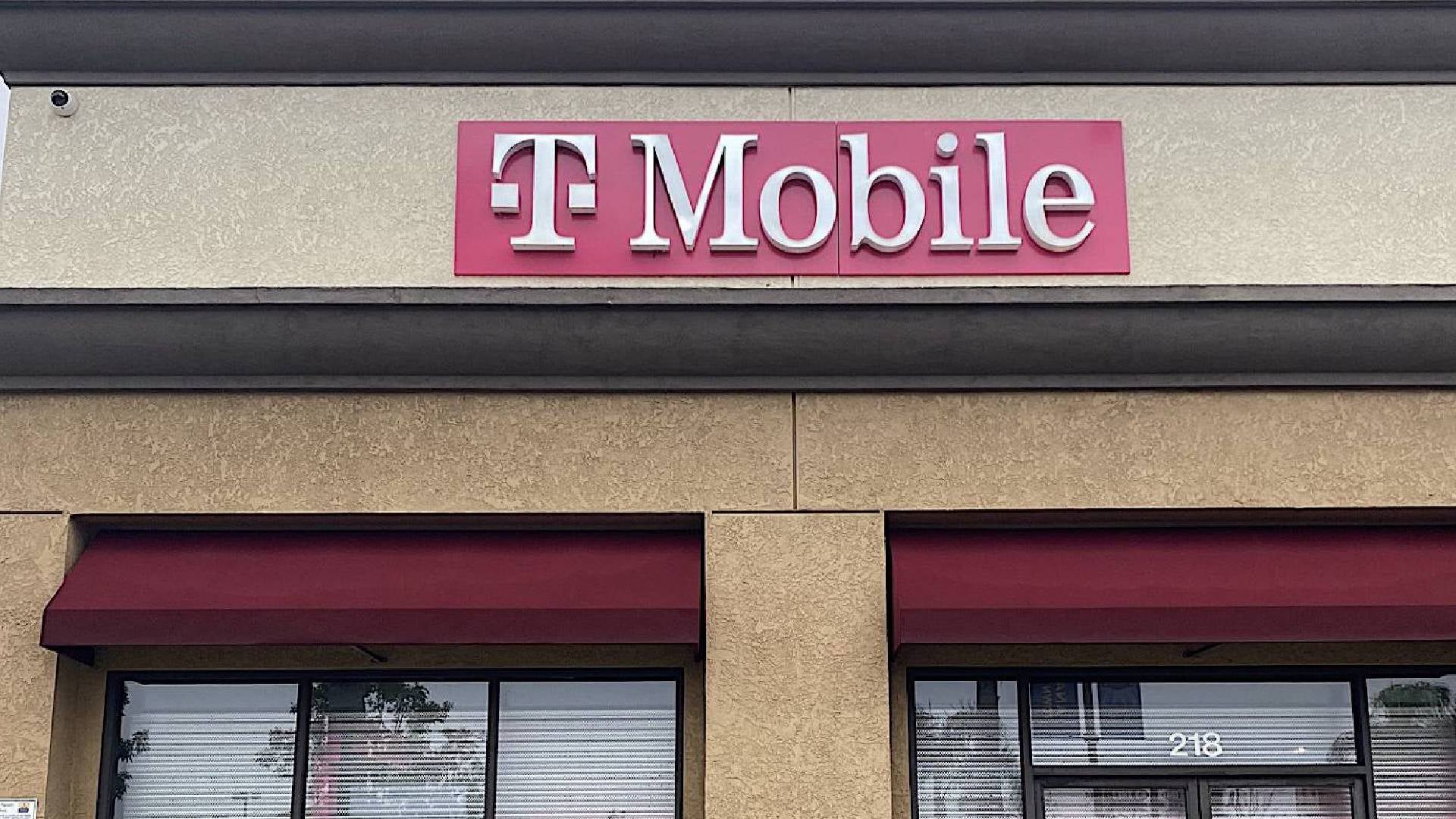
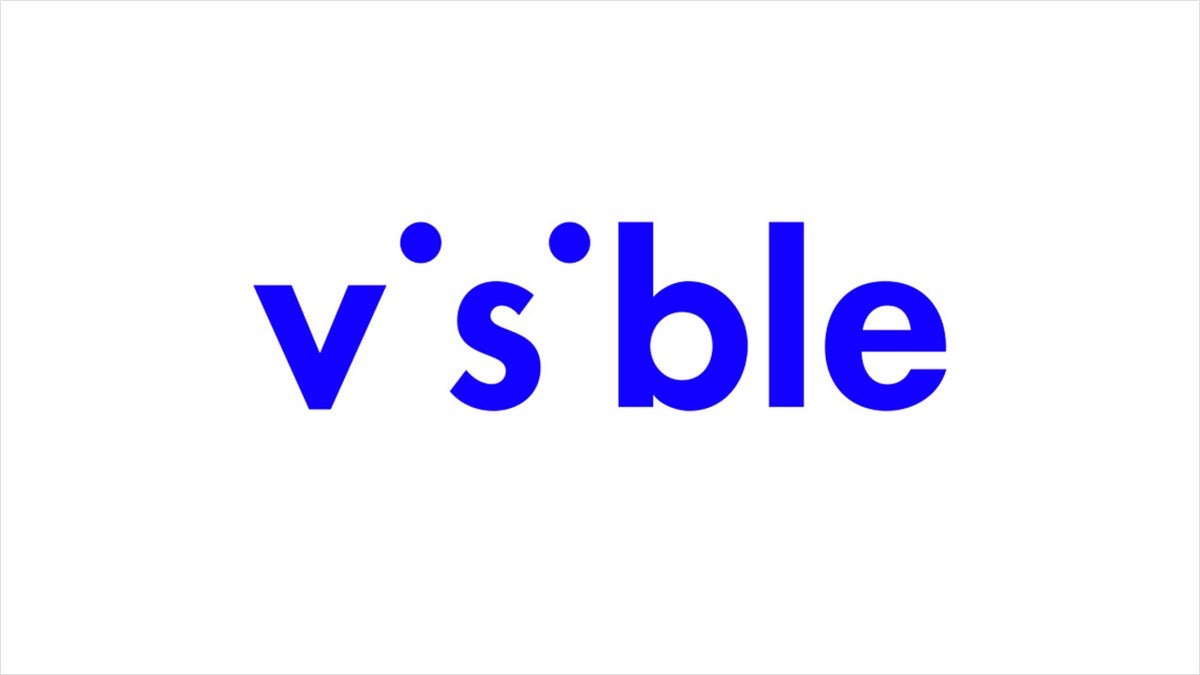




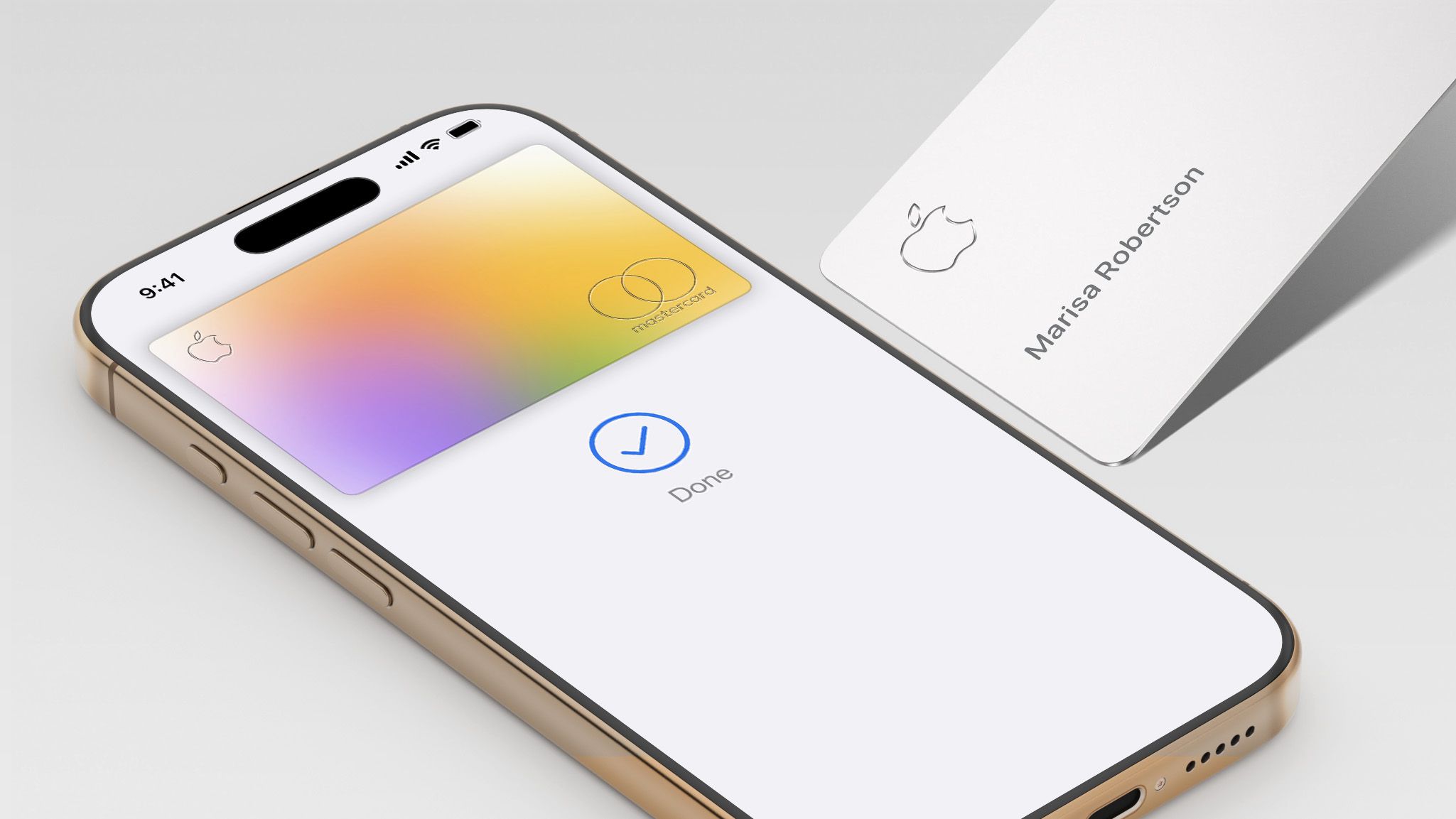


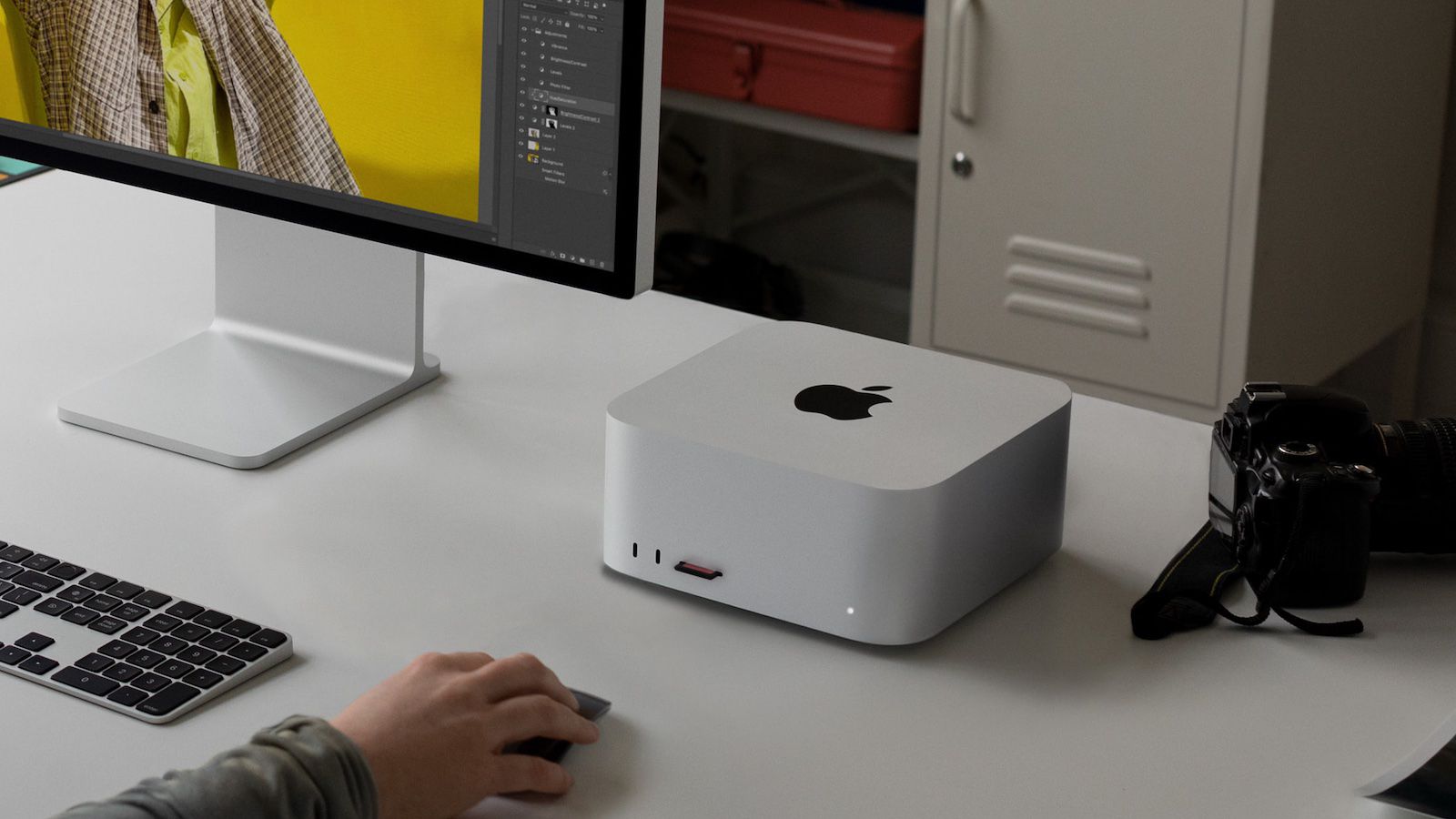












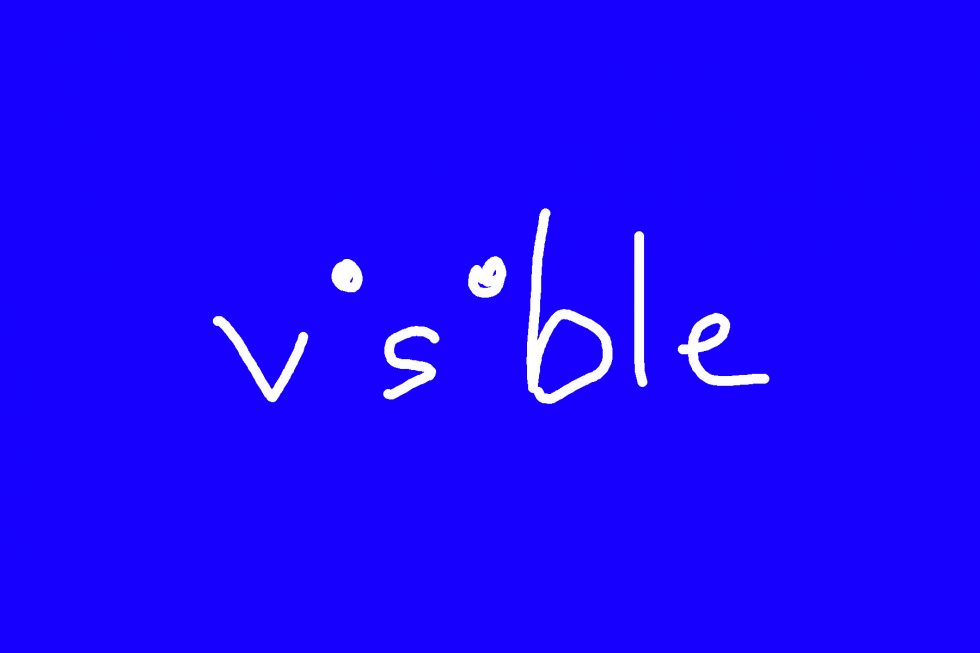

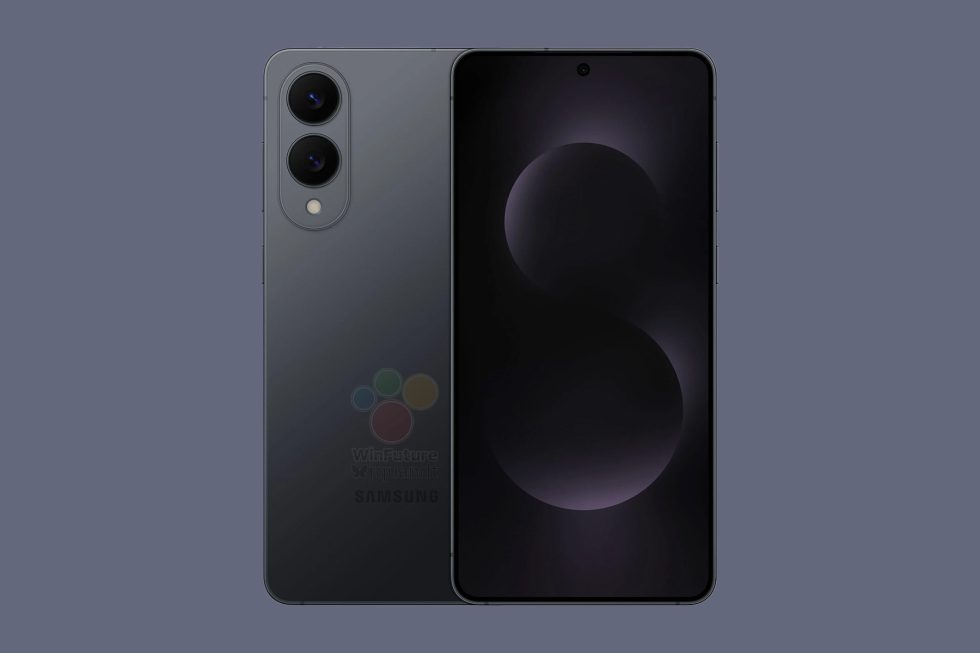

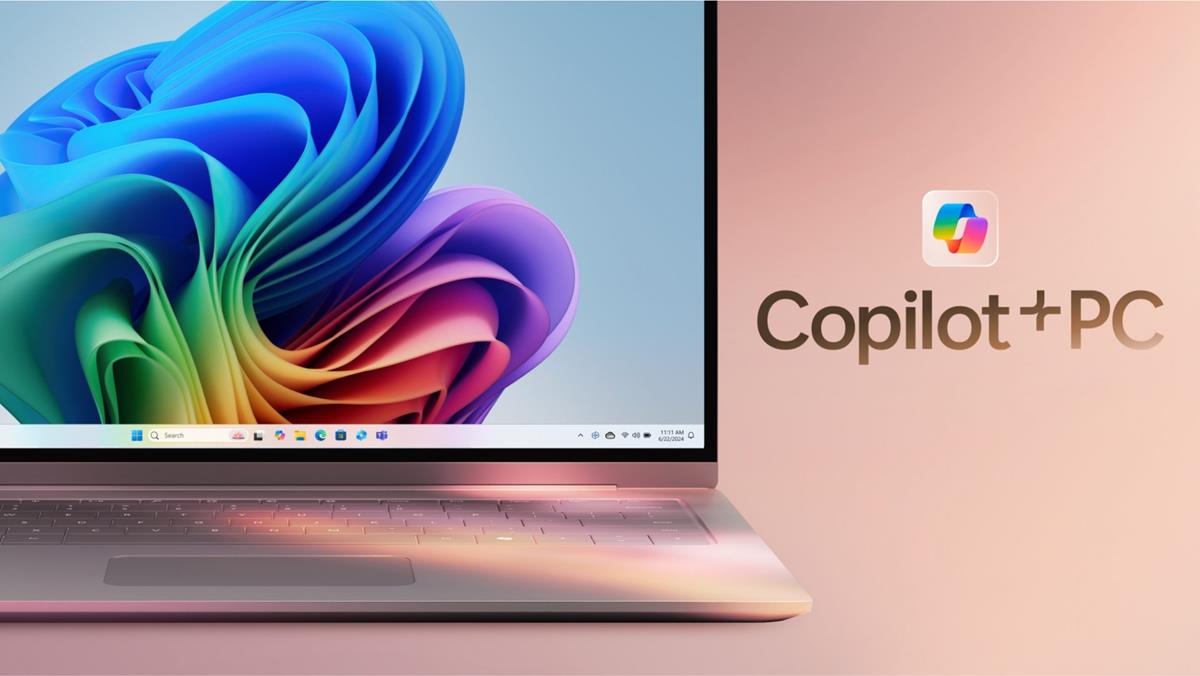

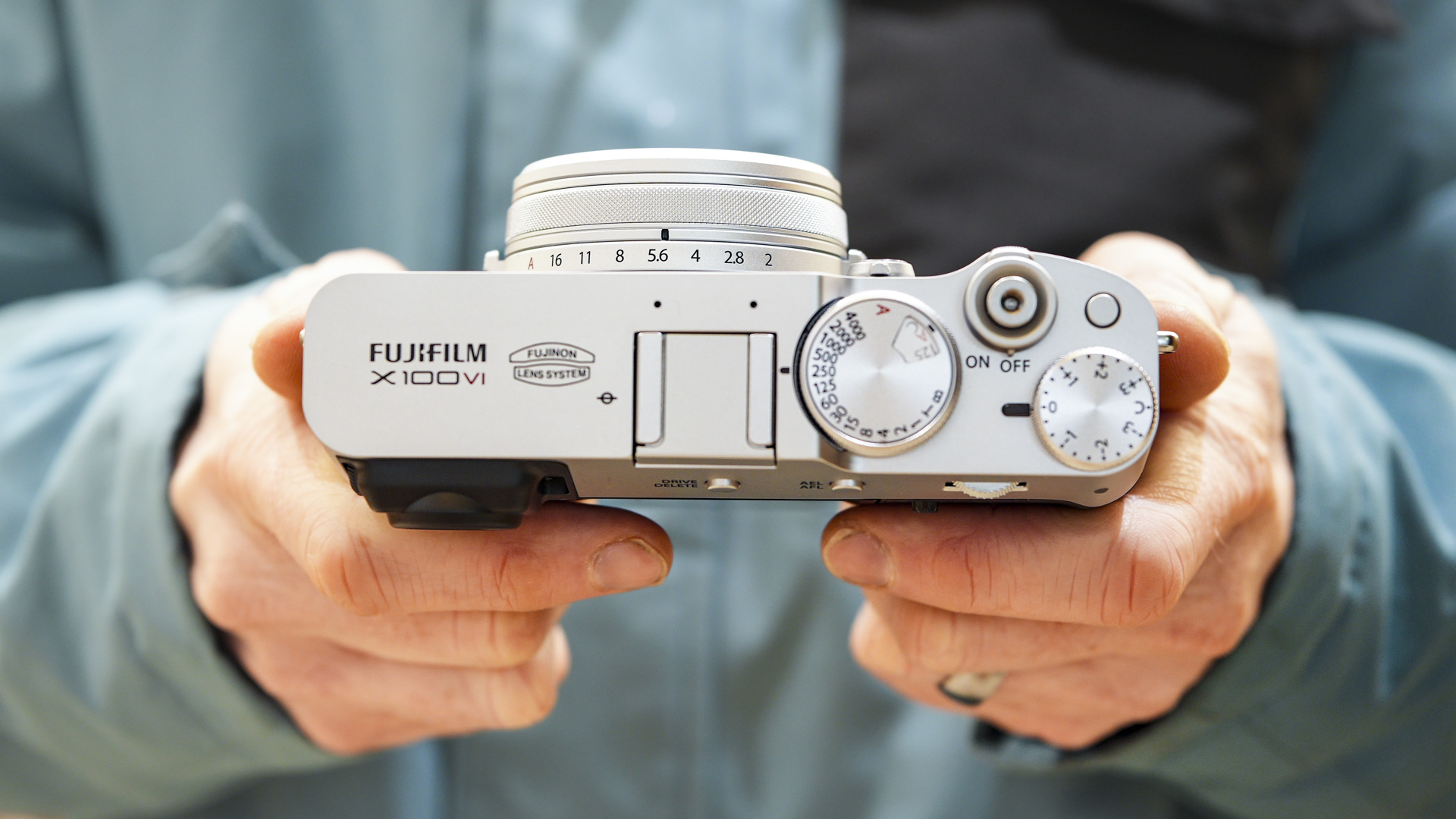

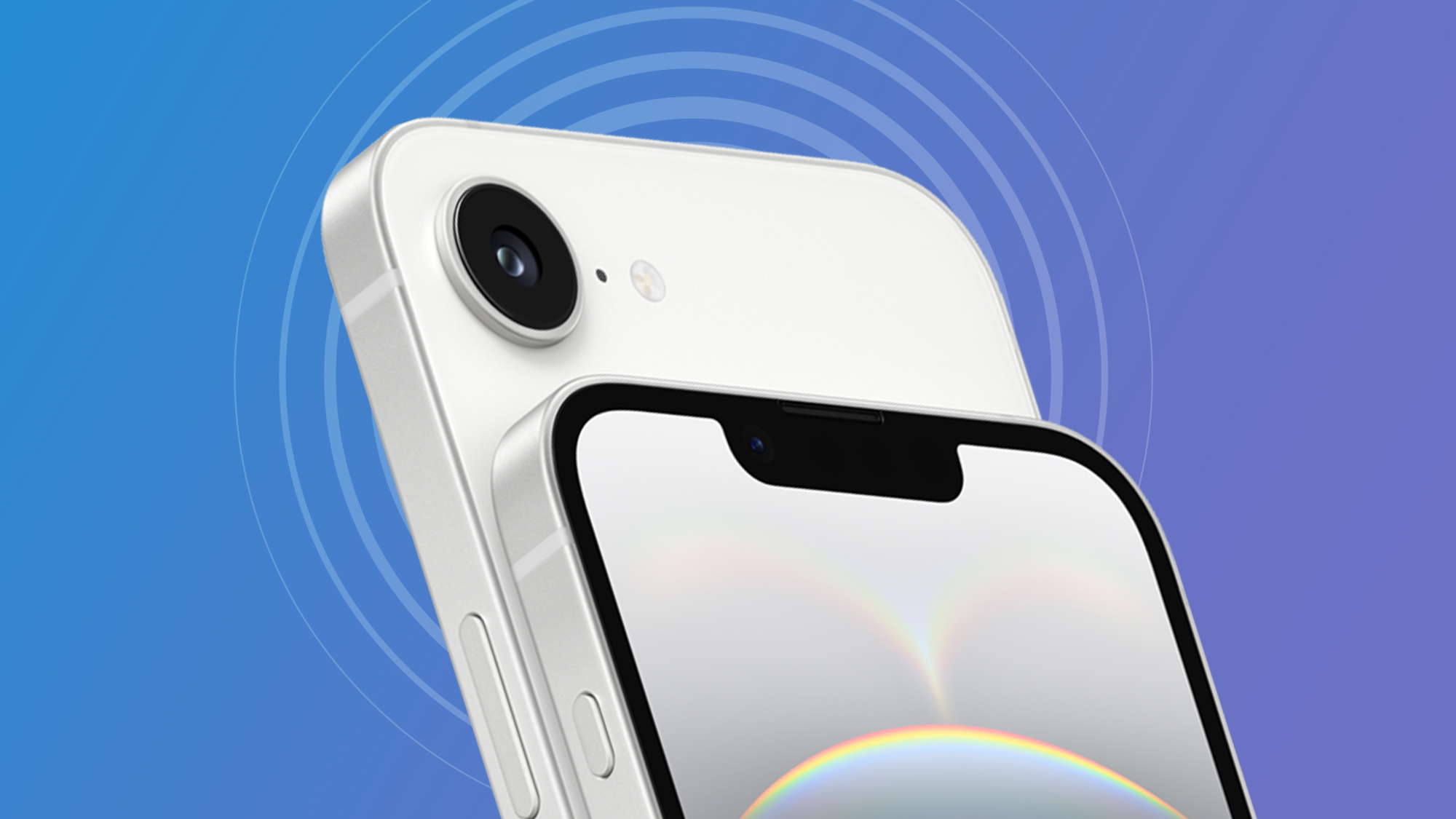


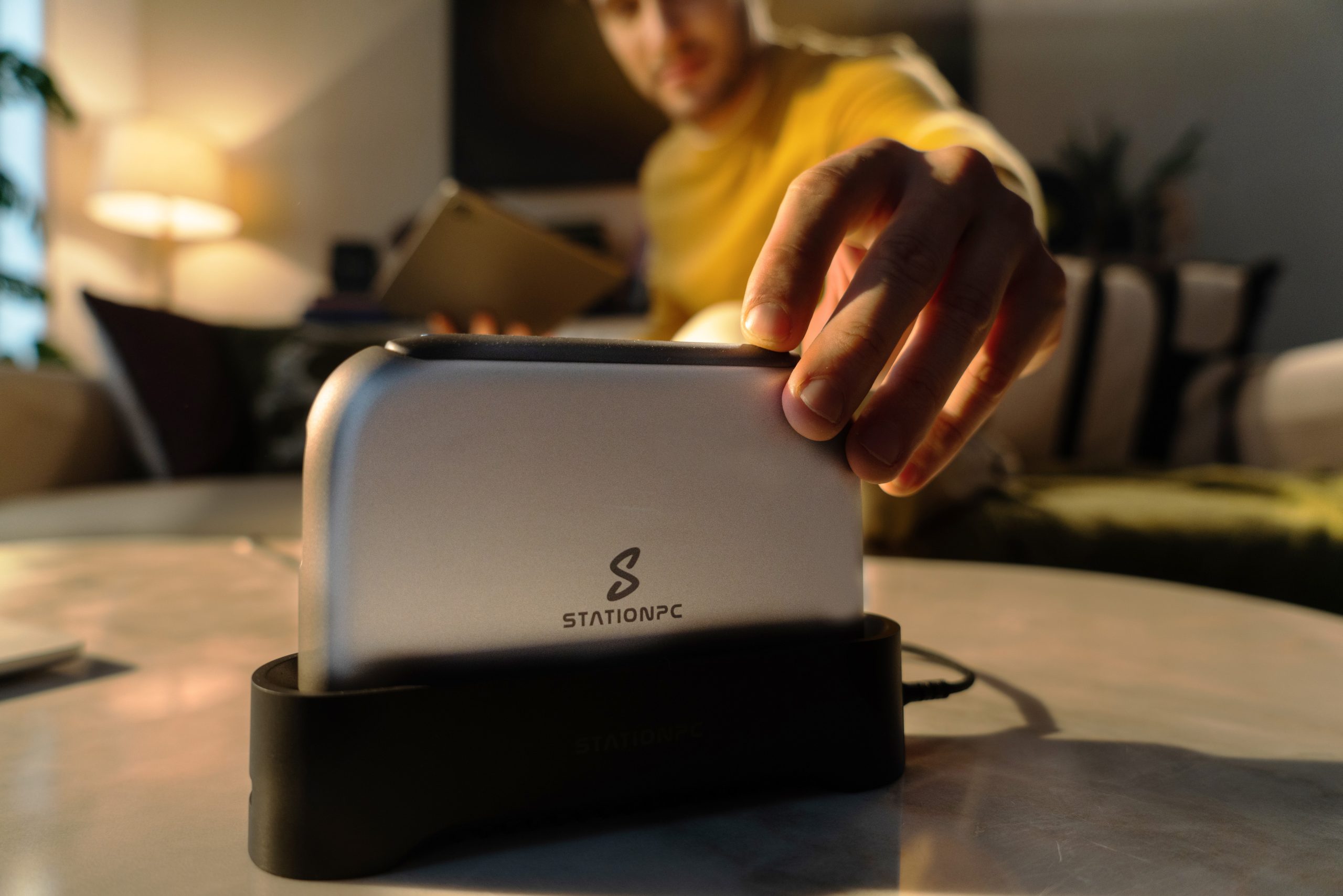

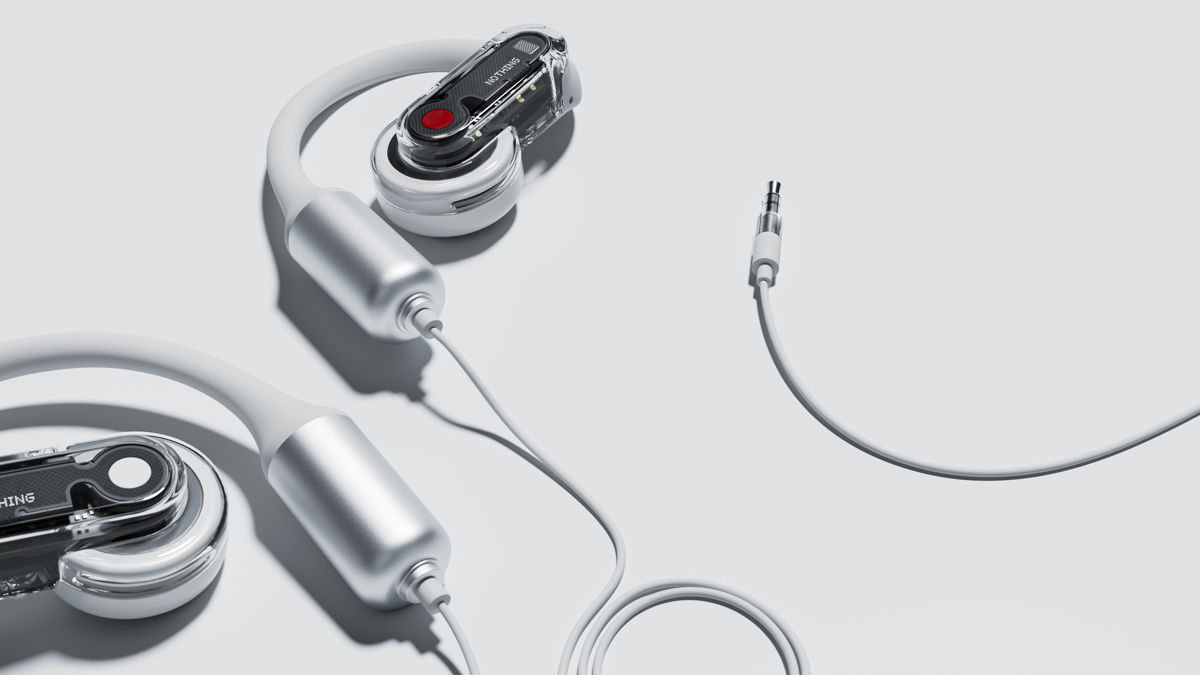








![Nomad Goods Launches 15% Sitewide Sale for 48 Hours Only [Deal]](https://www.iclarified.com/images/news/96899/96899/96899-640.jpg)


![Apple Watch Series 10 Prototype with Mystery Sensor Surfaces [Images]](https://www.iclarified.com/images/news/96892/96892/96892-640.jpg)



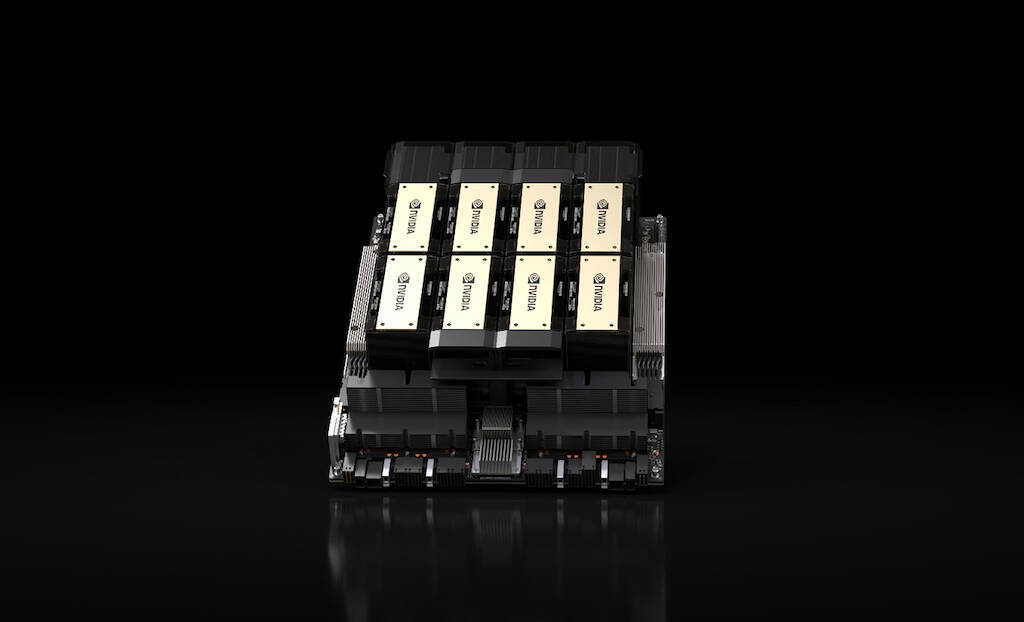













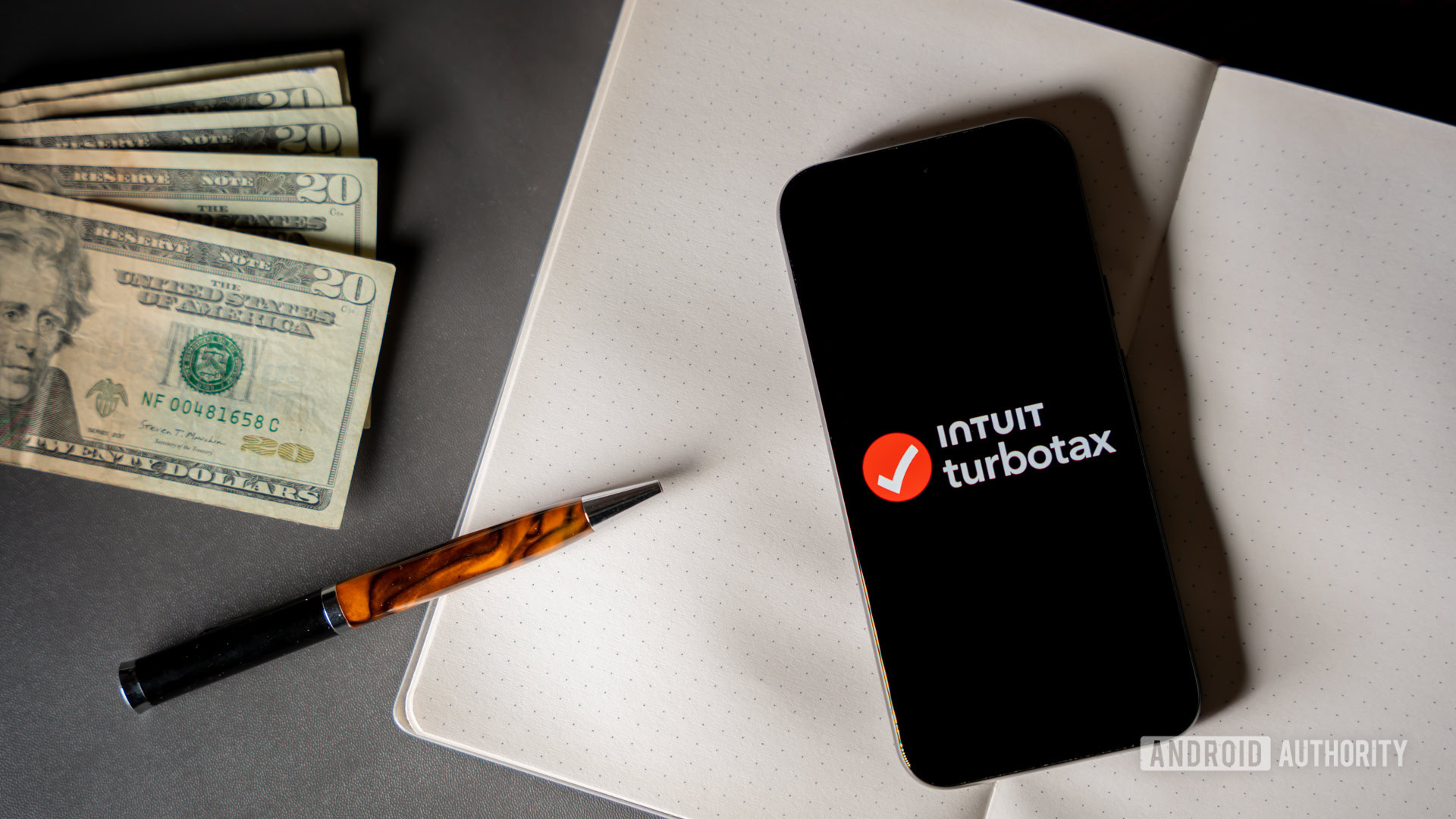

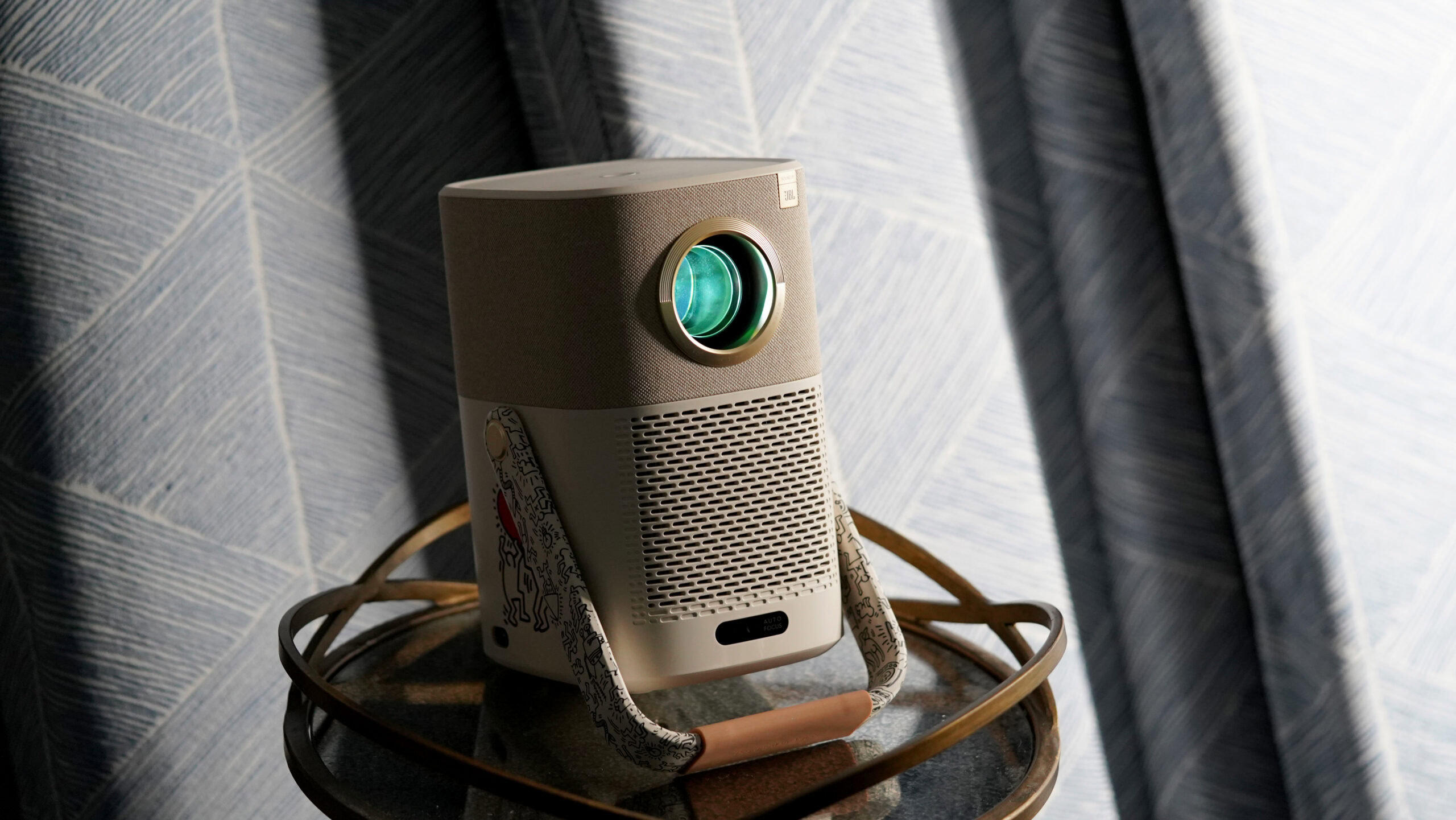
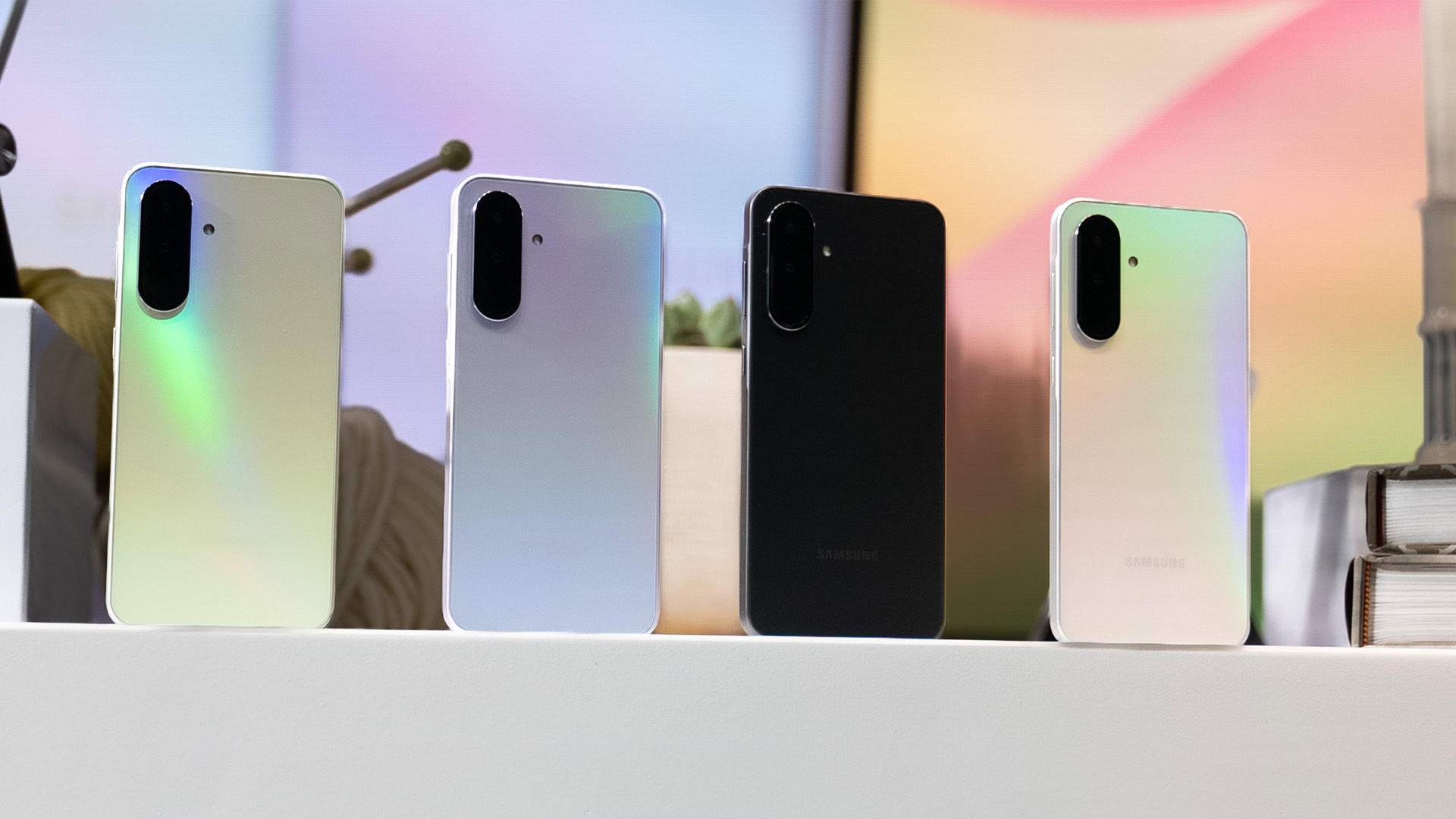
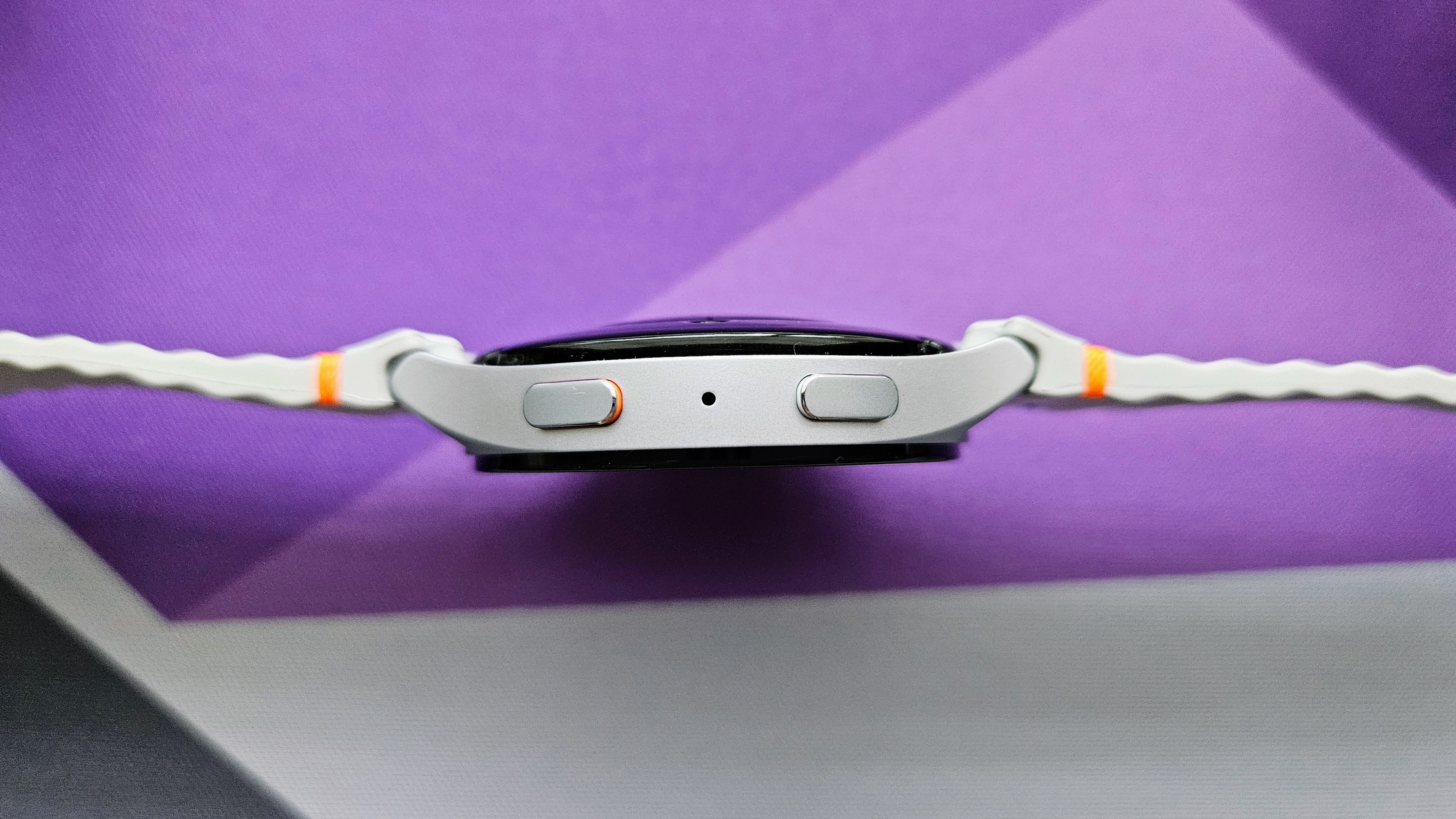
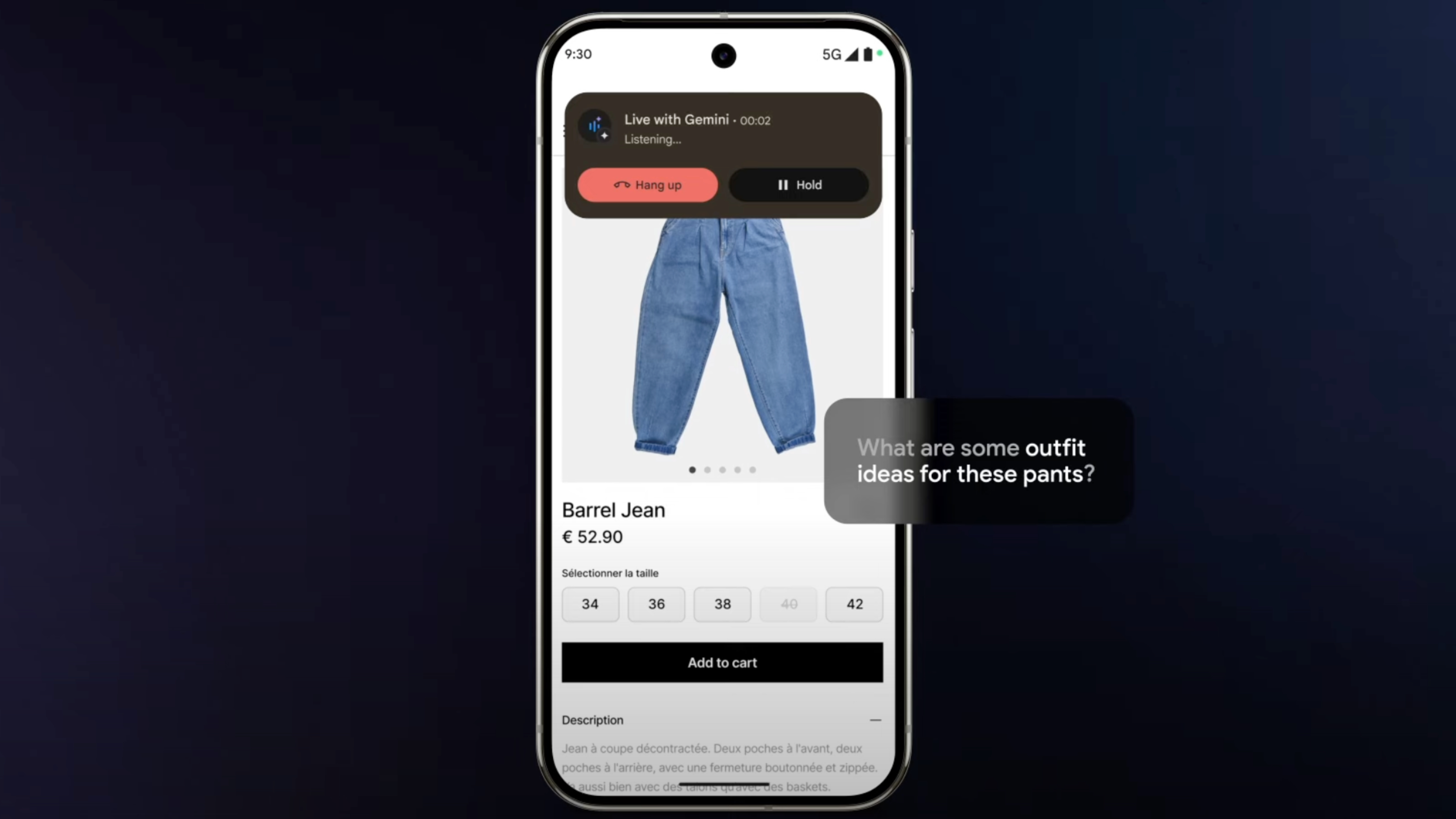
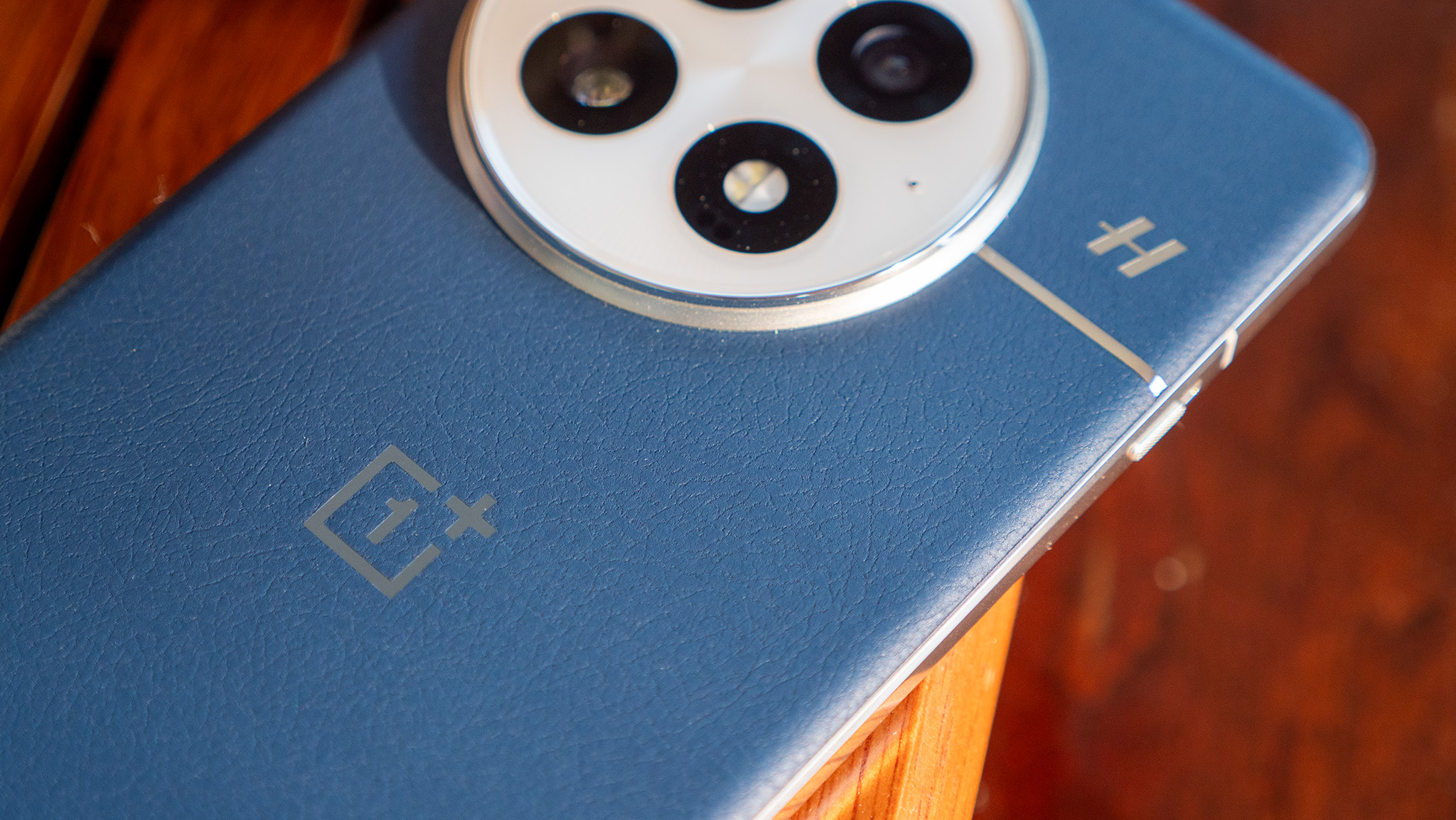
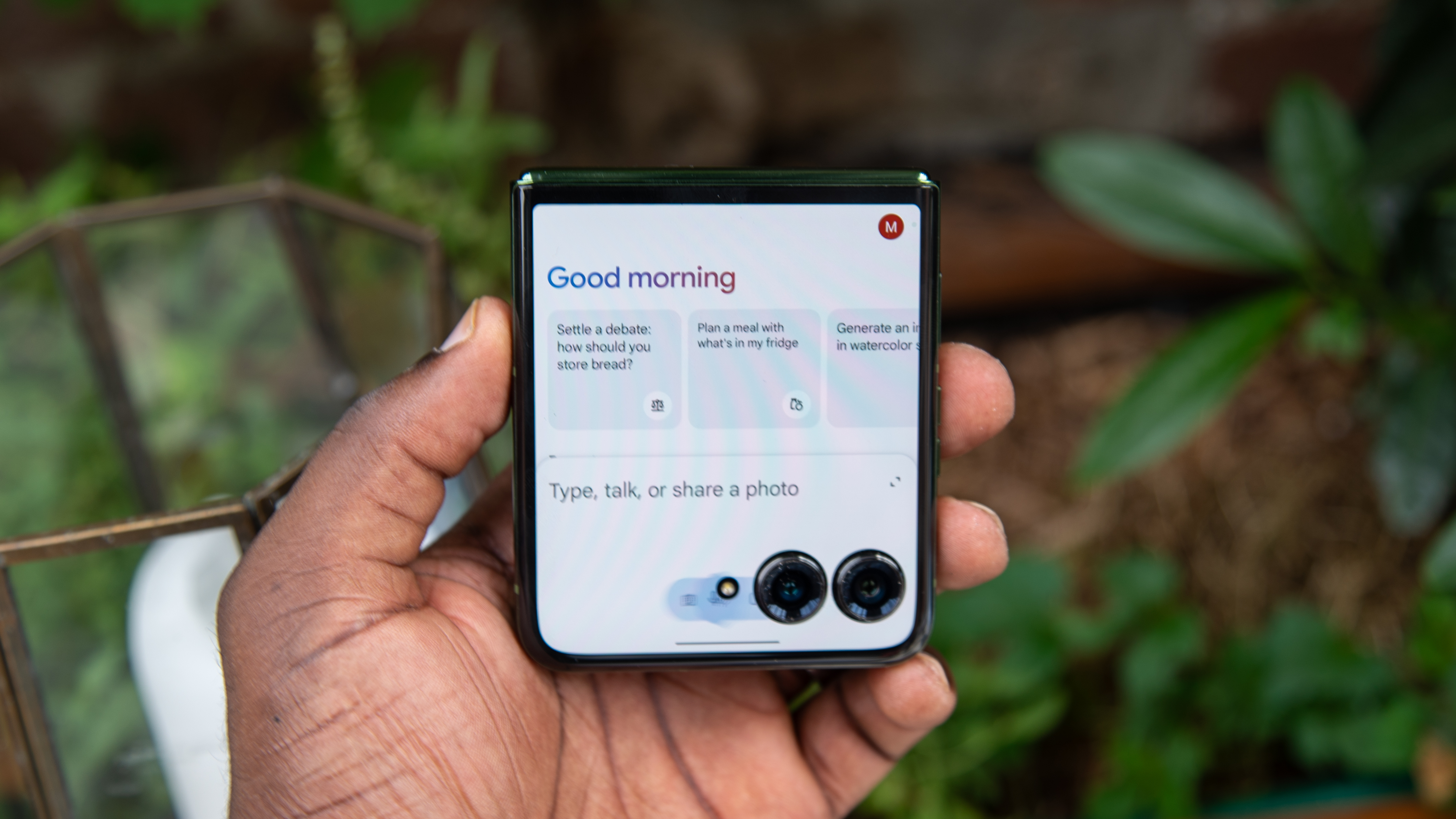


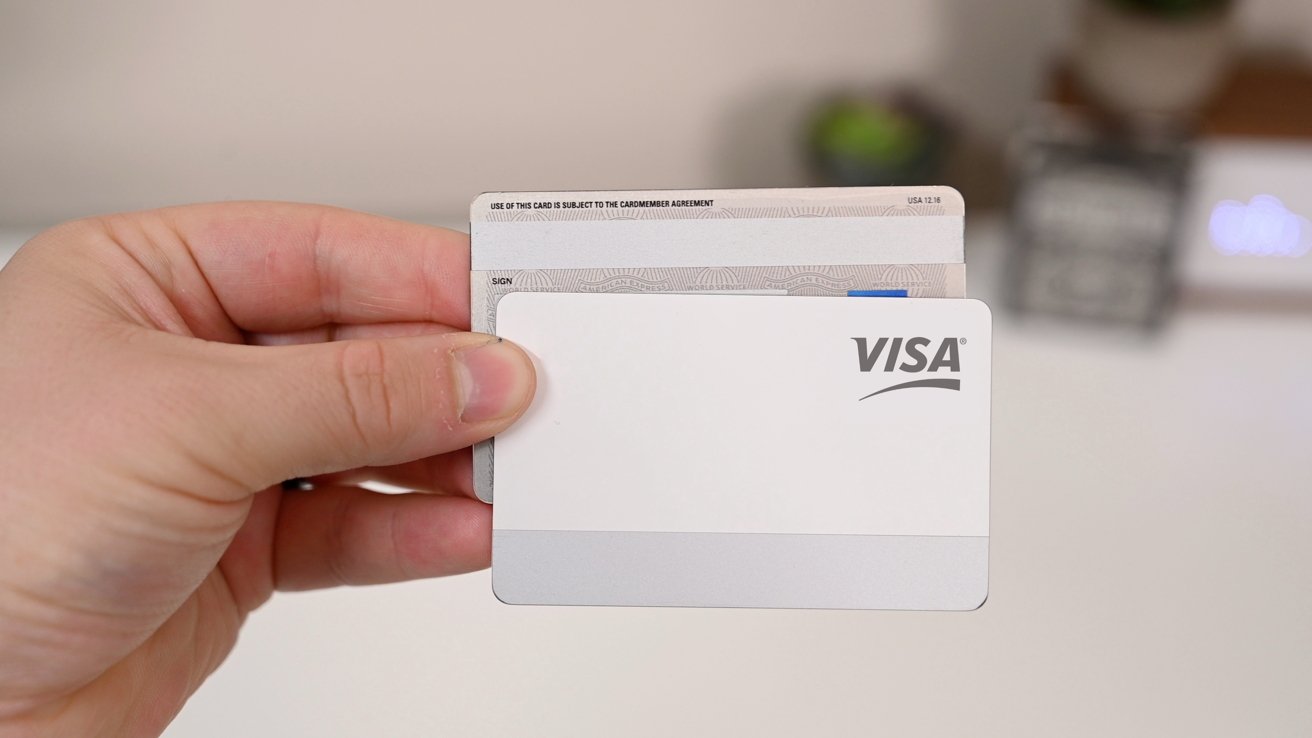




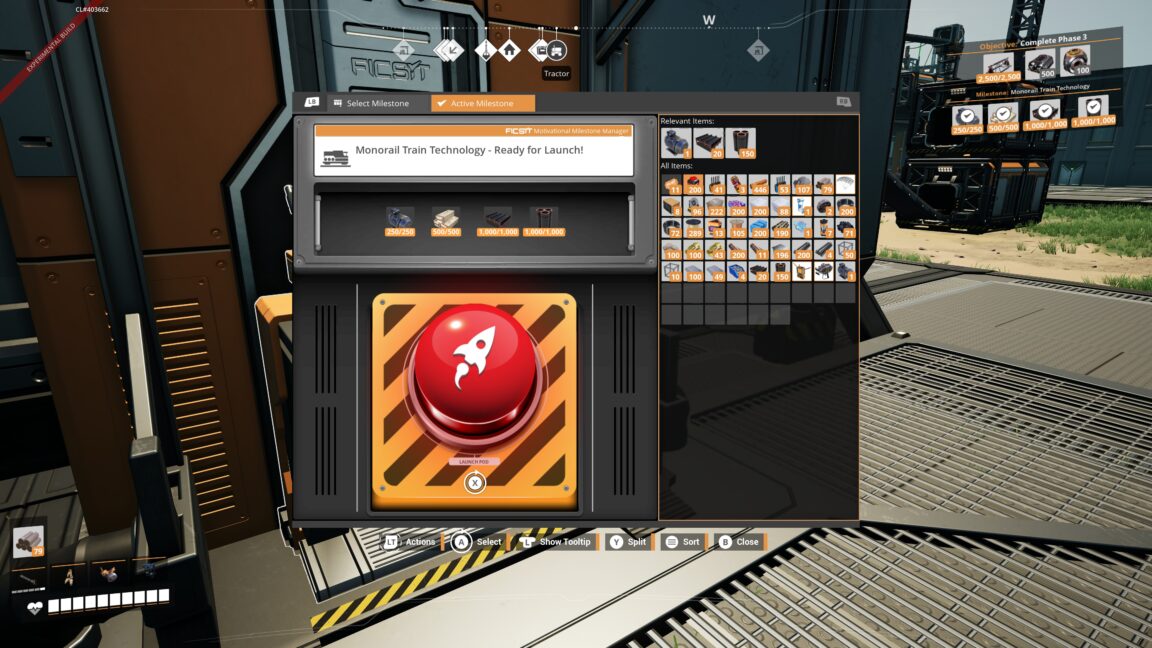



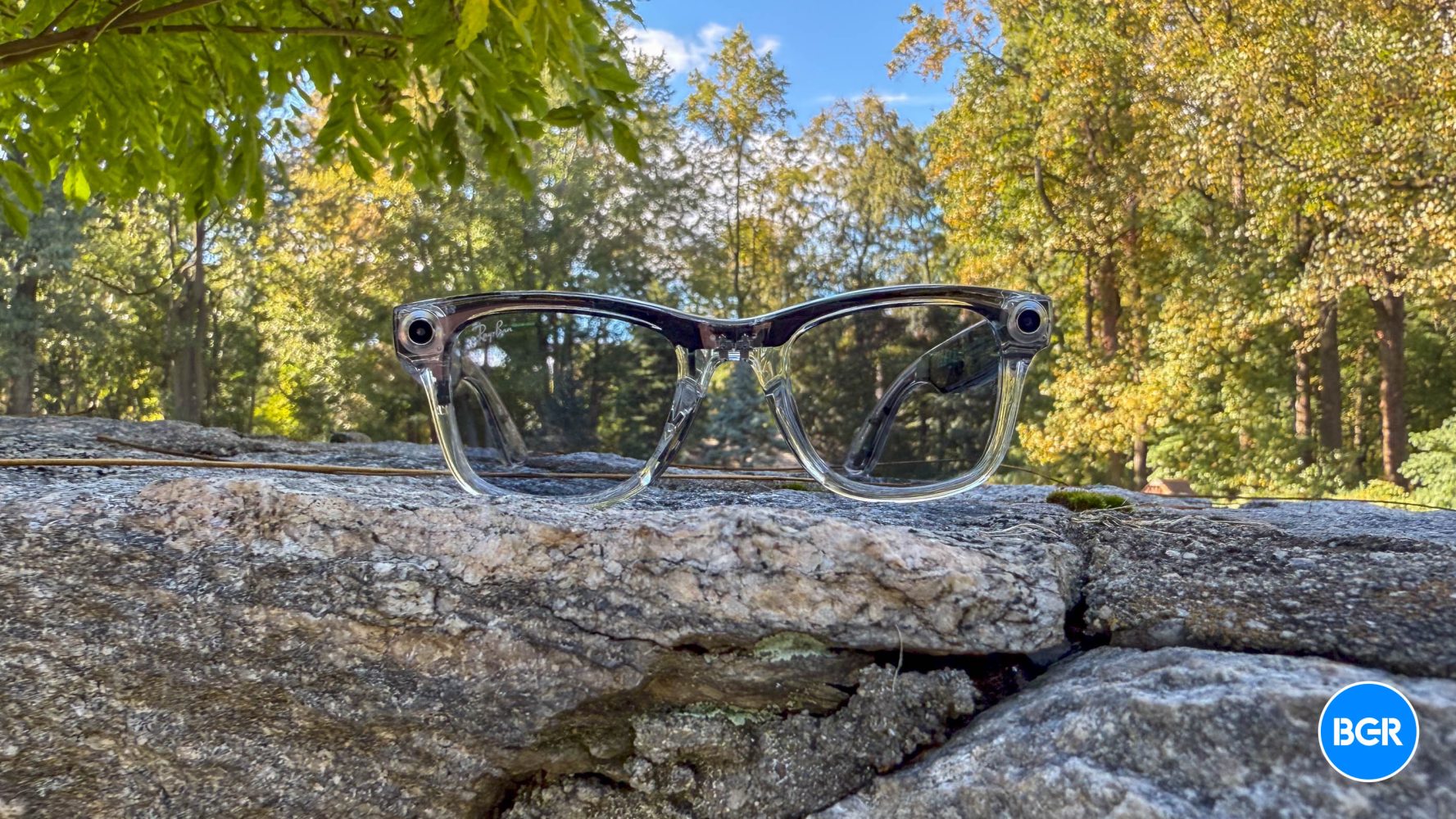
















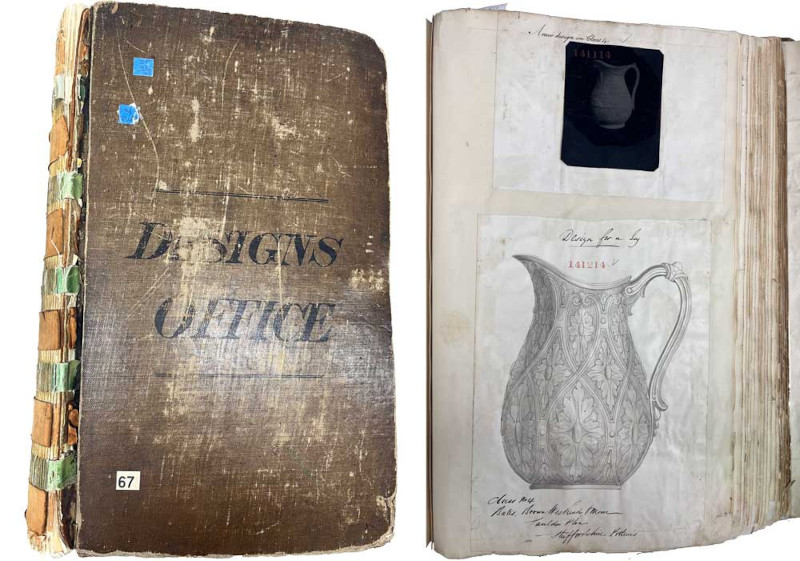
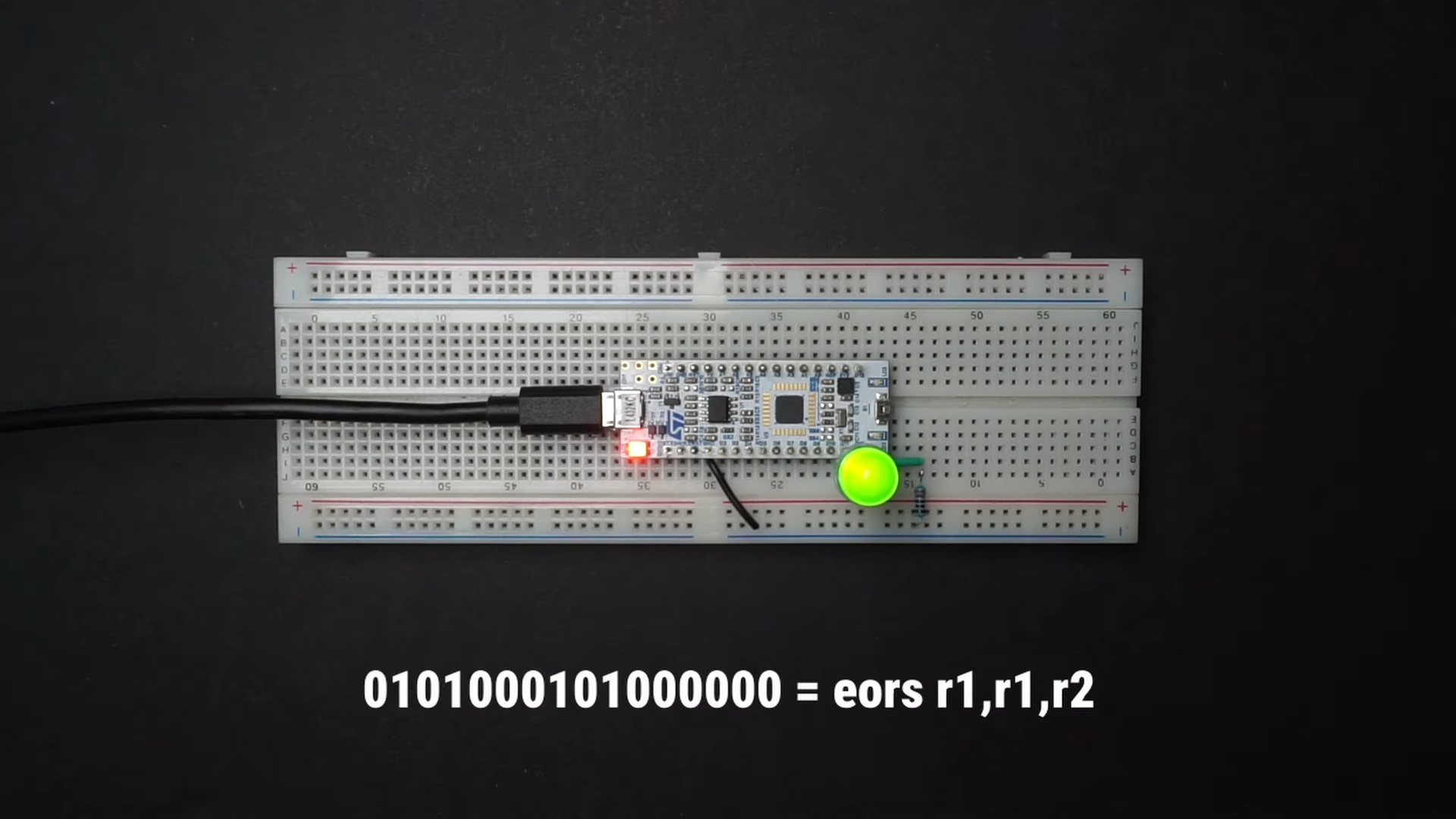
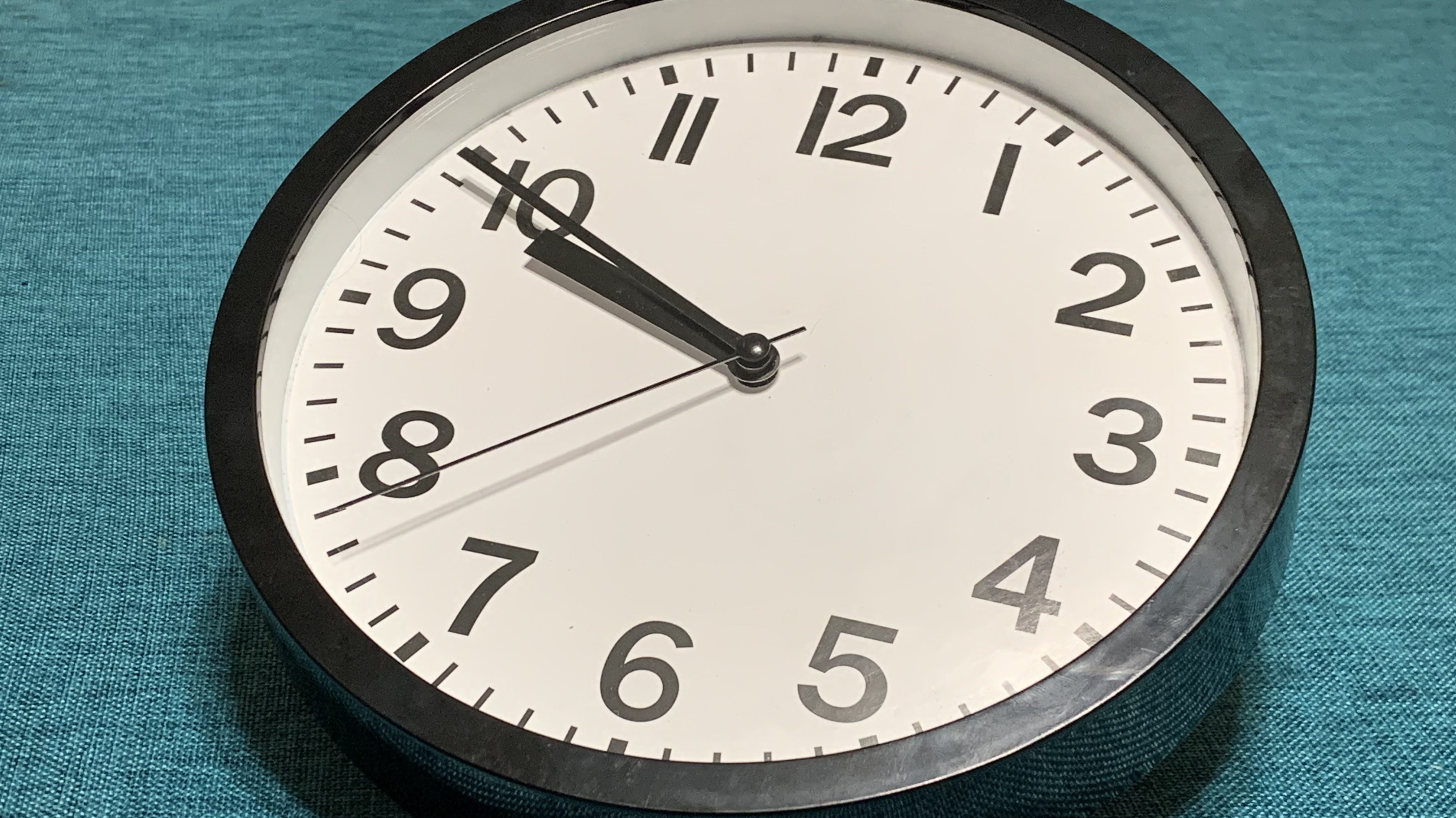













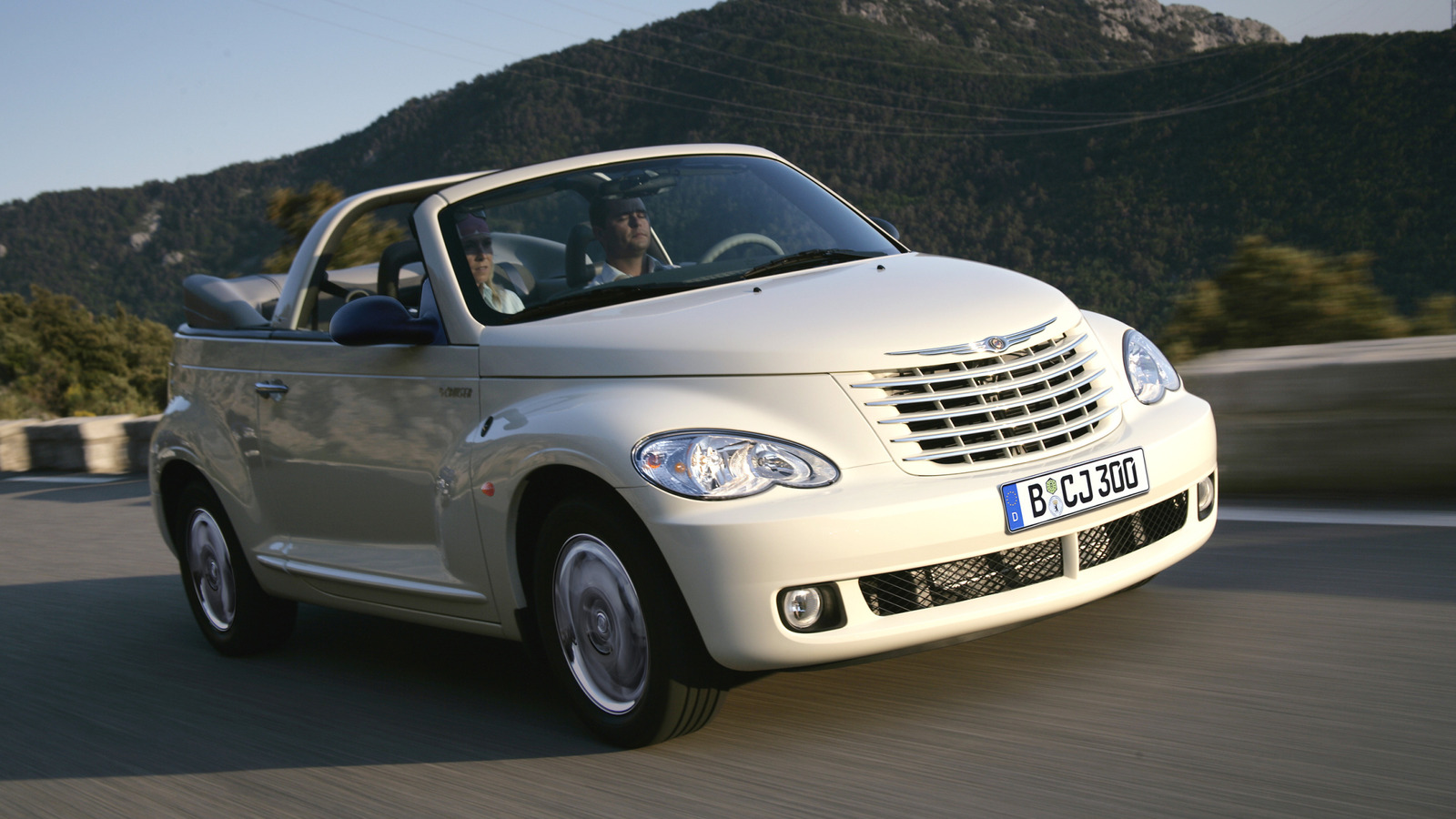
















































































































![[The AI Show Episode 142]: ChatGPT’s New Image Generator, Studio Ghibli Craze and Backlash, Gemini 2.5, OpenAI Academy, 4o Updates, Vibe Marketing & xAI Acquires X](https://www.marketingaiinstitute.com/hubfs/ep%20142%20cover.png)
























































































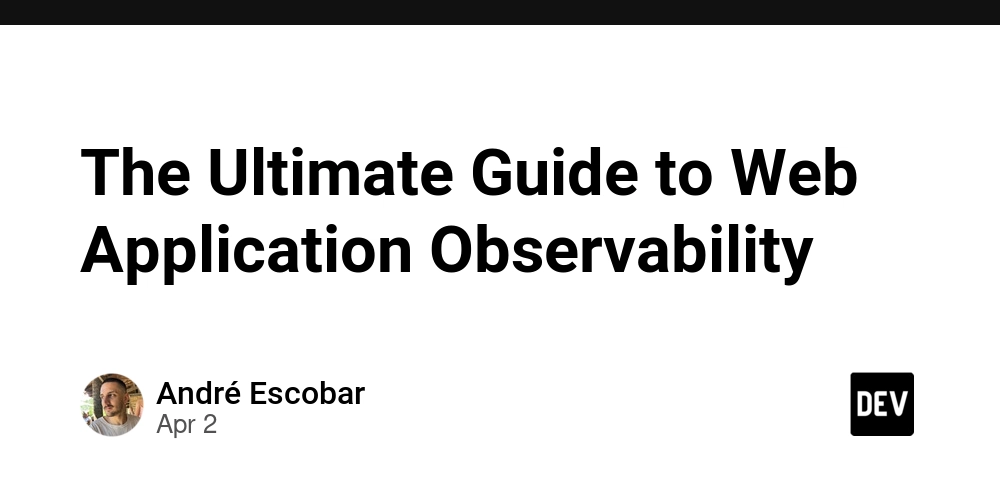
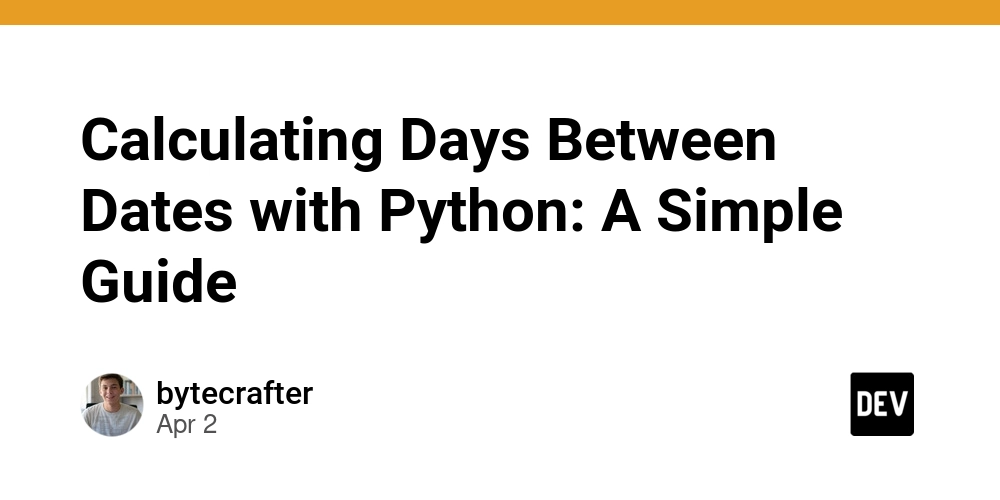



















![Is this a suitable approach to architect a flutter app? [closed]](https://i.sstatic.net/4hMHGb1L.png)


















![From broke musician to working dev. How college drop-out Ryan Furrer taught himself to code [Podcast #166]](https://cdn.hashnode.com/res/hashnode/image/upload/v1743189826063/2080cde4-6fc0-46fb-b98d-b3d59841e8c4.png?#)



























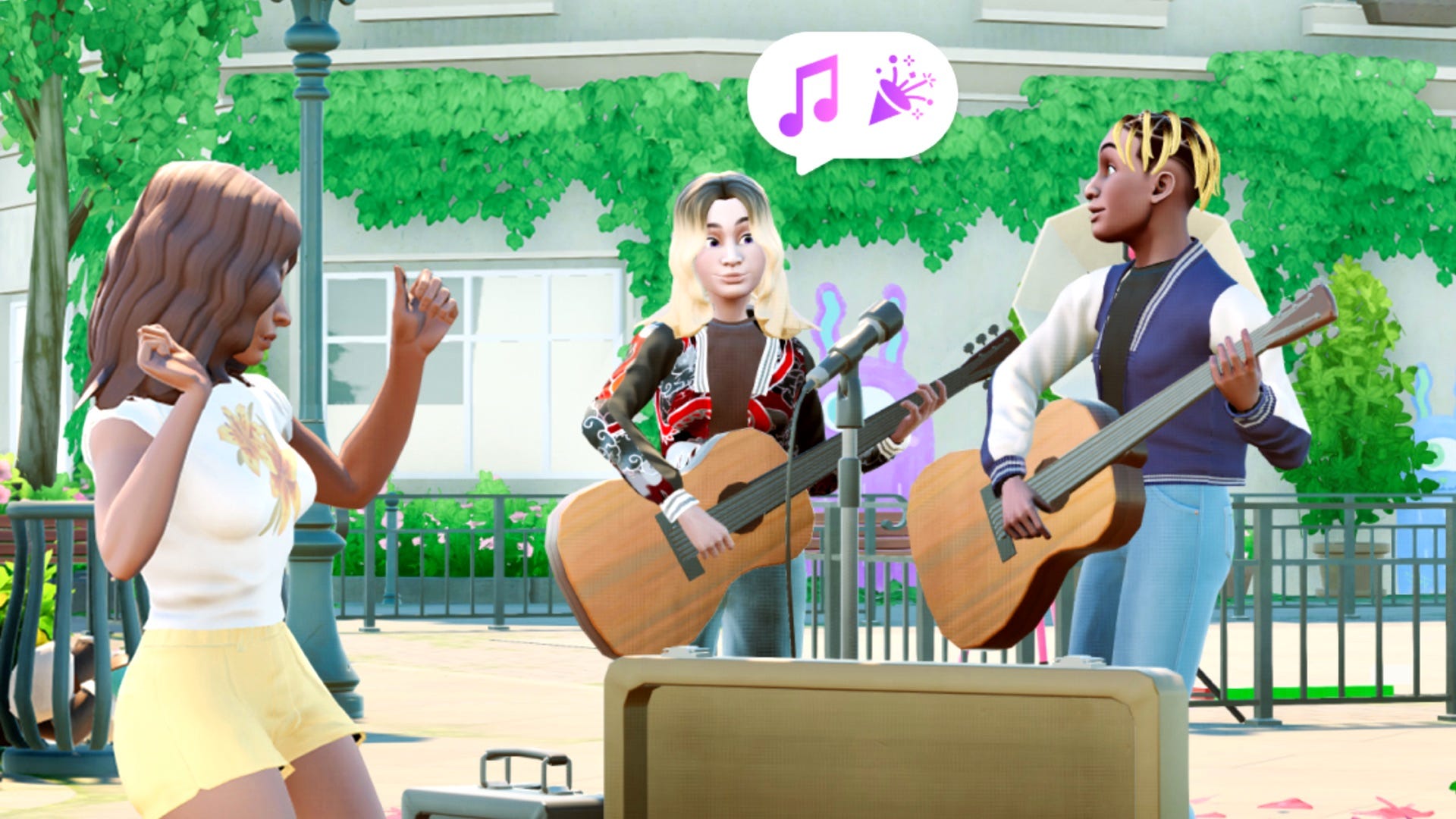



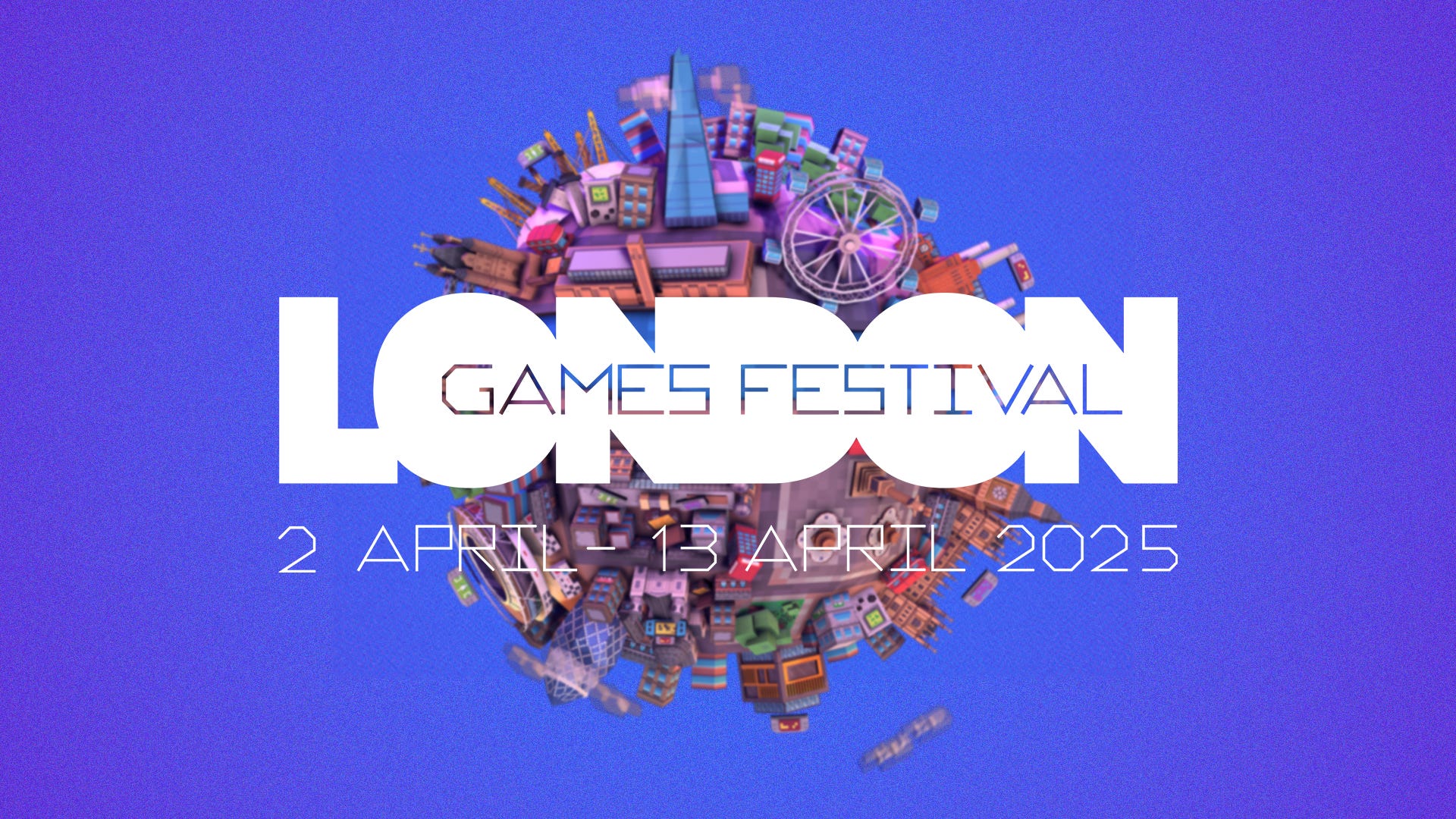

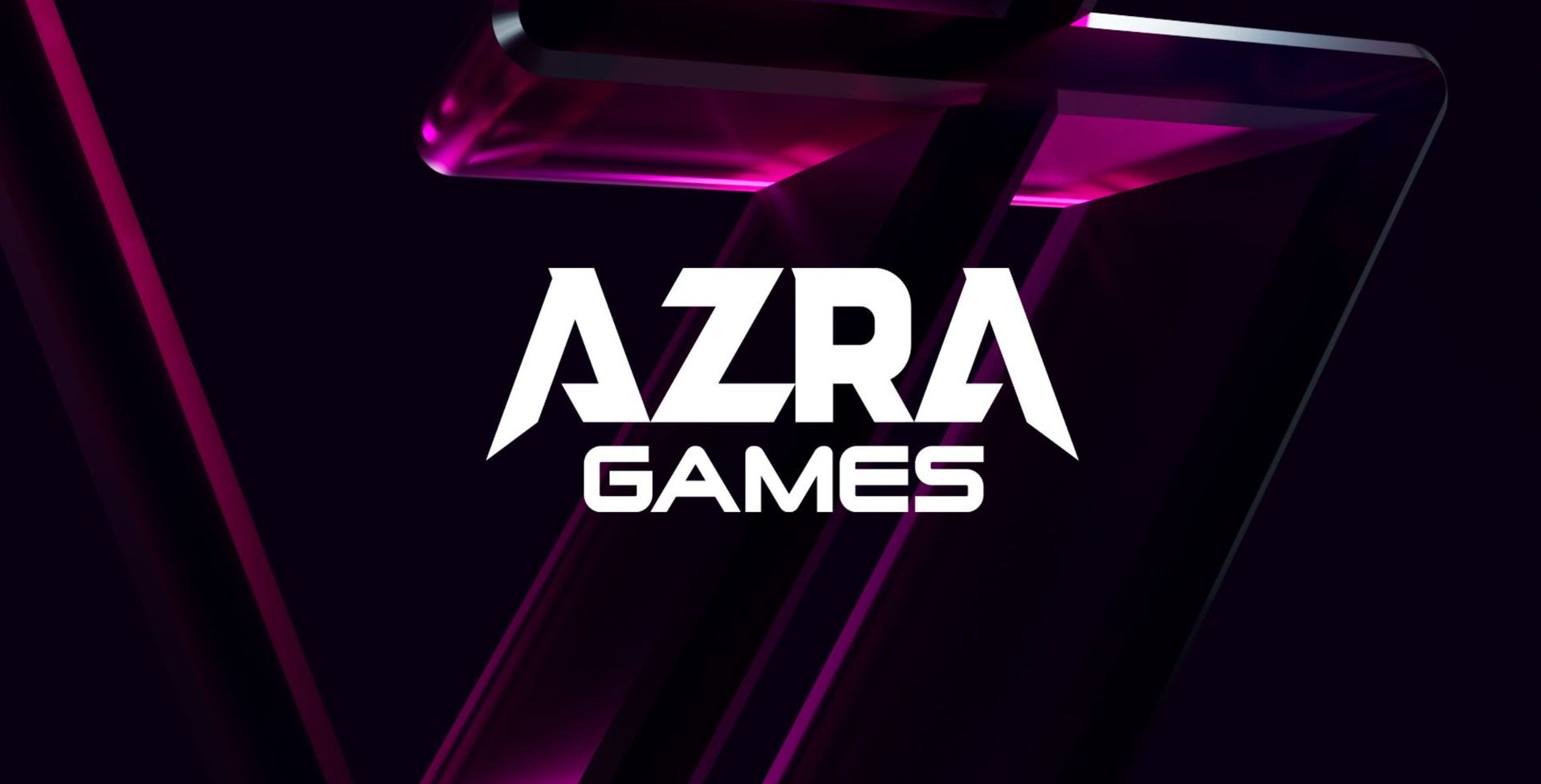






















































![[Tutorial] Chapter 7: Workflow](https://media2.dev.to/dynamic/image/width=800%2Cheight=%2Cfit=scale-down%2Cgravity=auto%2Cformat=auto/https%3A%2F%2Fdev-to-uploads.s3.amazonaws.com%2Fuploads%2Farticles%2Fuk4svcapth41bdi8mgmm.png)





